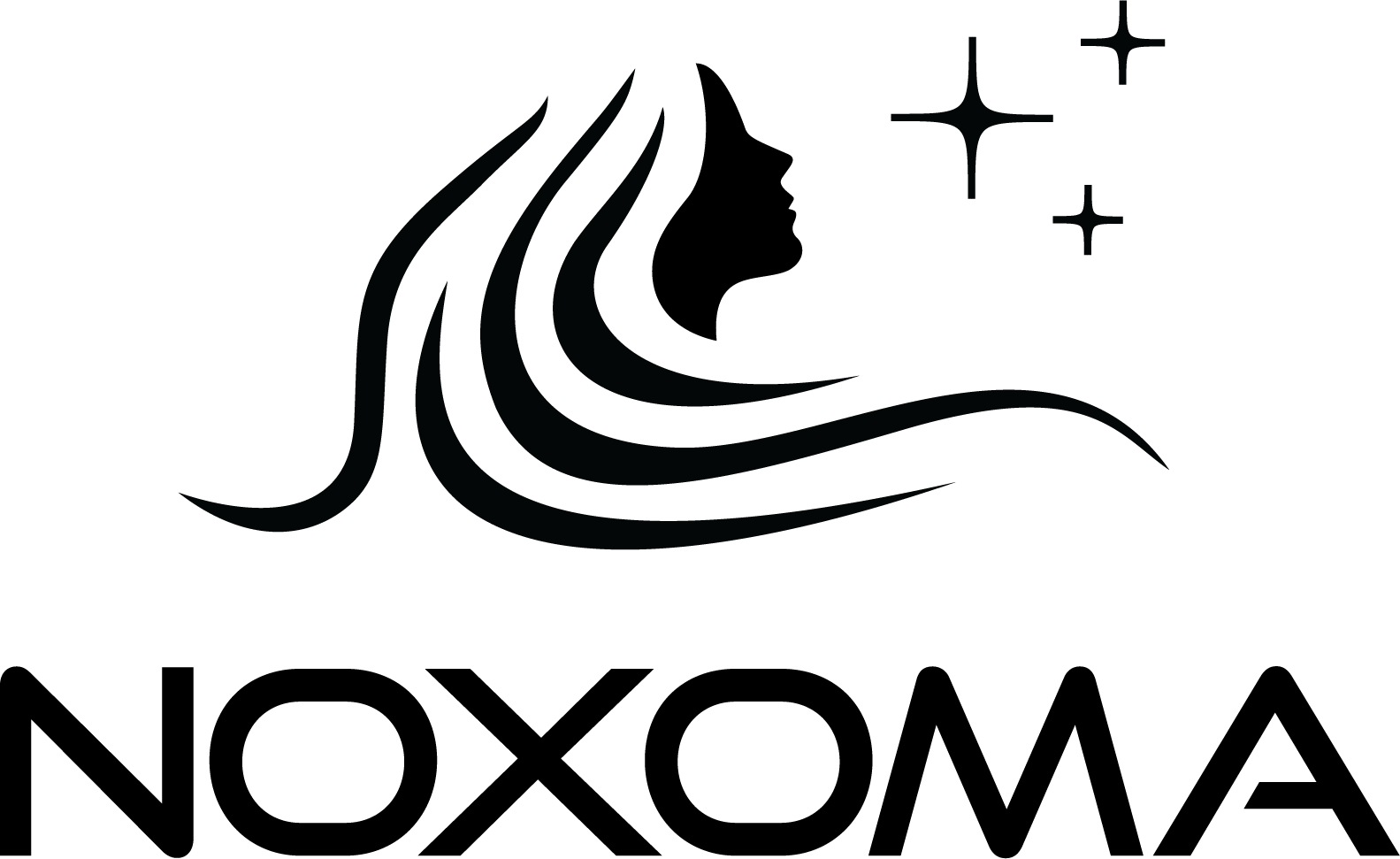Martinique is an official French territory, which means we are back to using Euros and can get access to some lovely French wine and cheese and yummy stuff from the boulangerie. Or, as our fellow Norwegian sailors, Knut and Anita, say – væ, pæ and fråmasj. And that we did! First visit ashore, and before the captain knew it, the Admiral was walking happily down the street with a pain au chocolat in her hand.
Besides seeing the island and craving yummy food and wine, we also had another big purpose of our stay at Martinique, and that was to receive our newly ordered Starlink, so we can get wifi access on the boat. This meant that we were ready to spend some extra time on Martinique, and we slowed down our pace a bit.
We were sooooo looking forward to get Internet access on the boat. We are definitely done with running around to get local sim cards, renew our mobile data packages and figuring out which subscription works (or not) on which island. And, we were also tired of trying to find good wifi connections at bars and cafes.
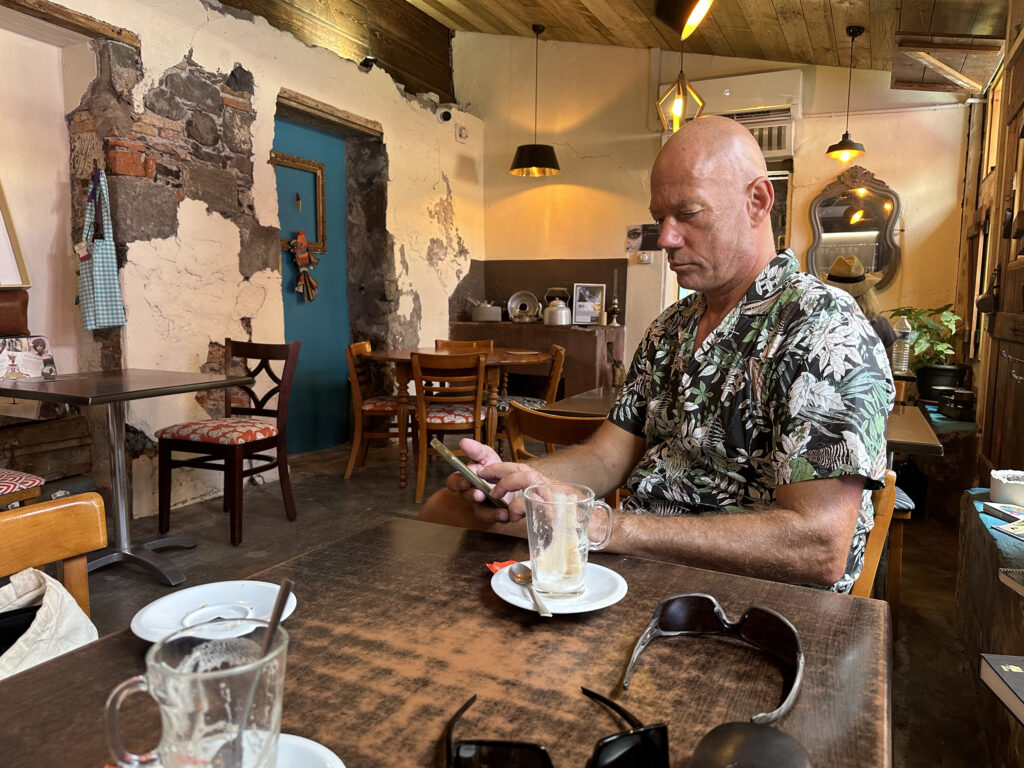
In theory, it sounds great to be off grid when doing a life altering choice to move onto a sailboat. However, the non-digital lifestyle quickly grows old, especially when you try to stay in touch with family and friends back home, and also work every now and then (Carine has been working quite a bit since we left Cape Town). So, we ended up spending close to a month in Martinique, and got our Starlink delivered through one of the yacht handlers in Le Marin marina. Thank you, Christopher (Bruse’s son), for helping us out with the shipment from Norway!
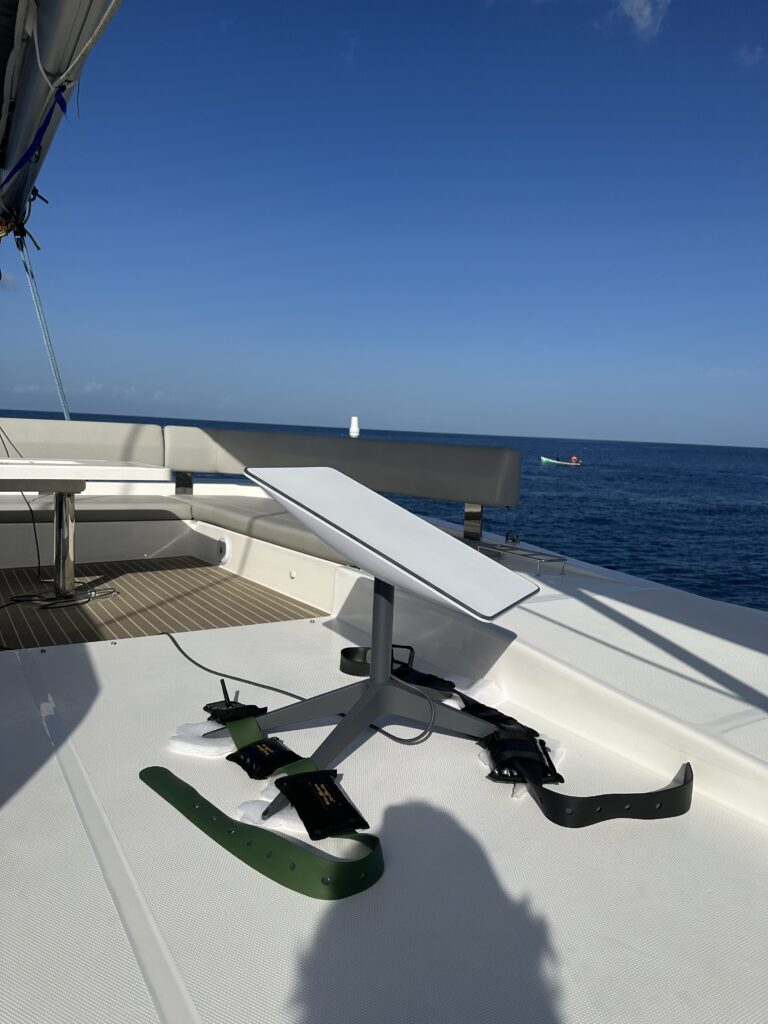
We started our exploration of Martinique from the St. Anne anchorage in the South. We were shocked when we came there, as the bay was tethered with probably 100 sailing boats. And, the inhabitants of the small city of St Anne did not seem too happy about it… In fact, there was a demonstration towards sailors just as we left the anchorage. Particularly the disturbed view of the bay as well as the extended garbage handling the town has to handle as a result of sailors, seemed to be at the center of the protests.
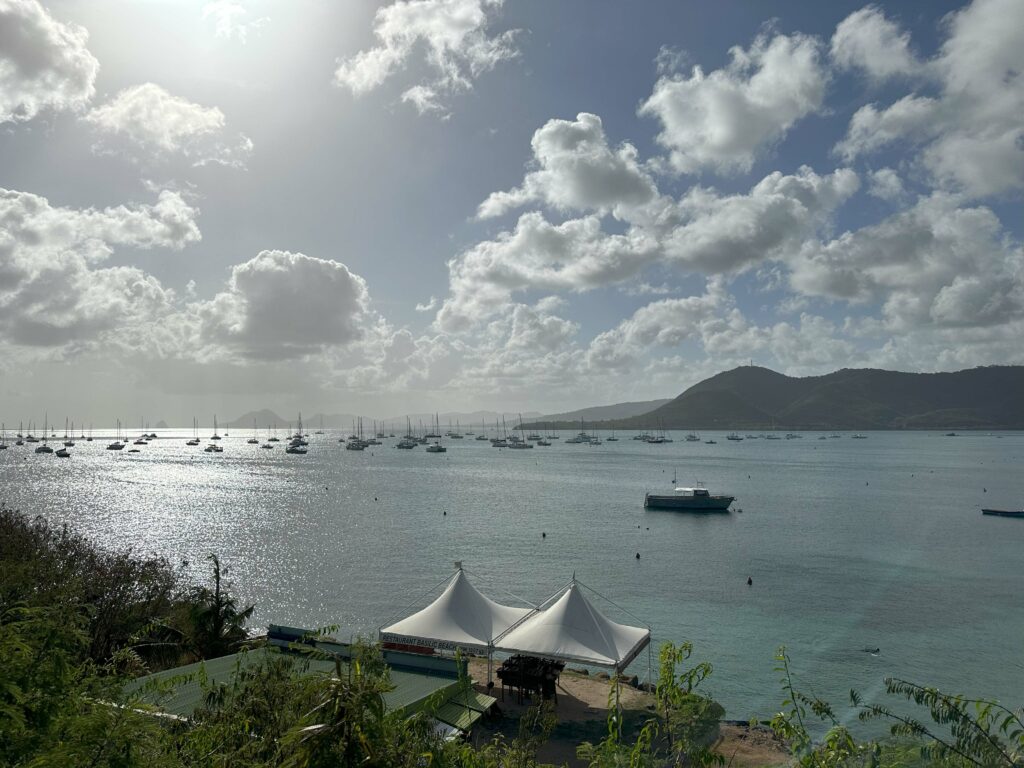
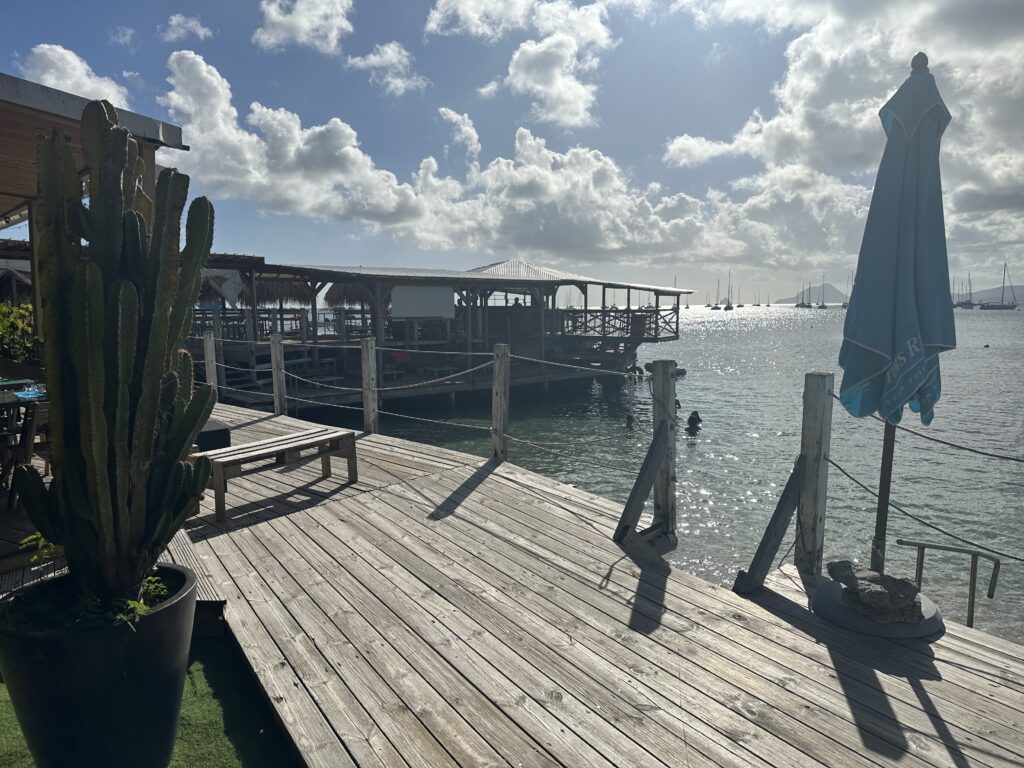
We totally understand the problem the local population has. Parts of it could probably be solved by having sailors pay to dispose of their garbage, and preferably in labelled bins made for recycling. The local population recycles, but for sailors, unfortunately there were only bins available that mixed all garbage.
We spent most of the time in the St Anne area hiking on the coastline trails, as well as shopping in the grocery and chandlery shops in the Le Marin marina area. Le Marin is a large, sheltered bay, with a huge marina. It is a hub for several charter companies, and is well known for being a decent bay during hurricane season. The shops were stocked up, and between the shops in the marina and a mall close by, it was definitely the best shopping we have done since South Africa.
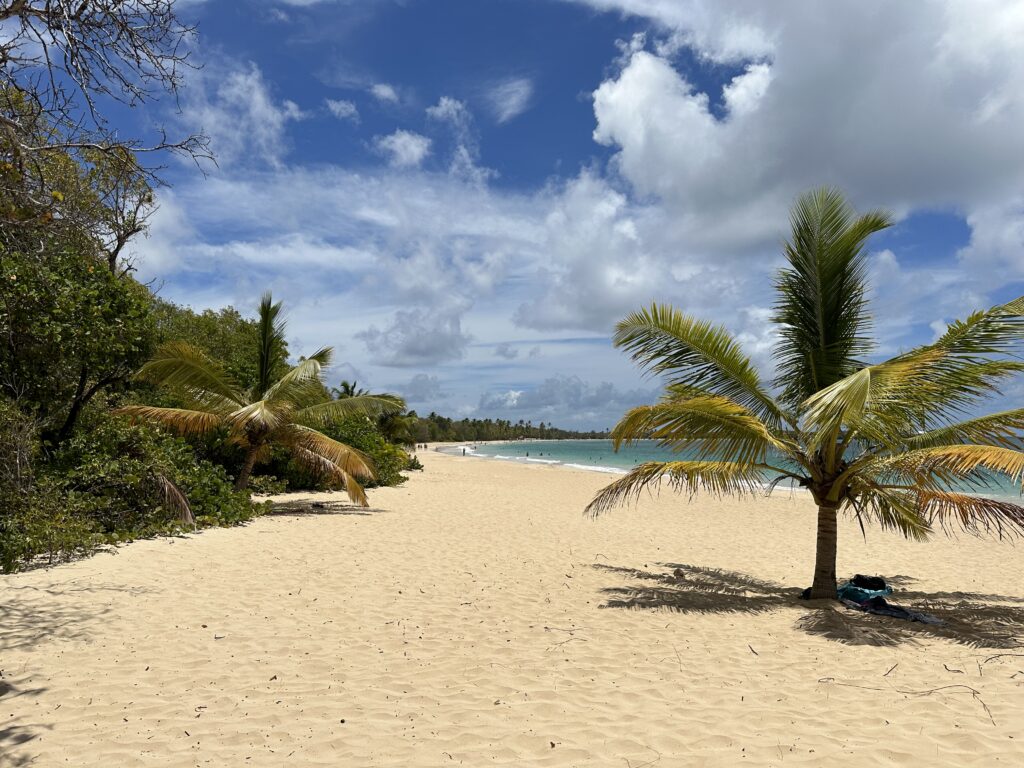
After five days, we continued our sail towards the leeward side of the island, and passed the iconic Diamond Rock on our way. It is used as the symbol for Martinique, and we were lucky to dive it with a local dive club a couple of days later. It has lots of exciting boulders, walls and caves as well as beautiful corals and a nice diversity of marine life.
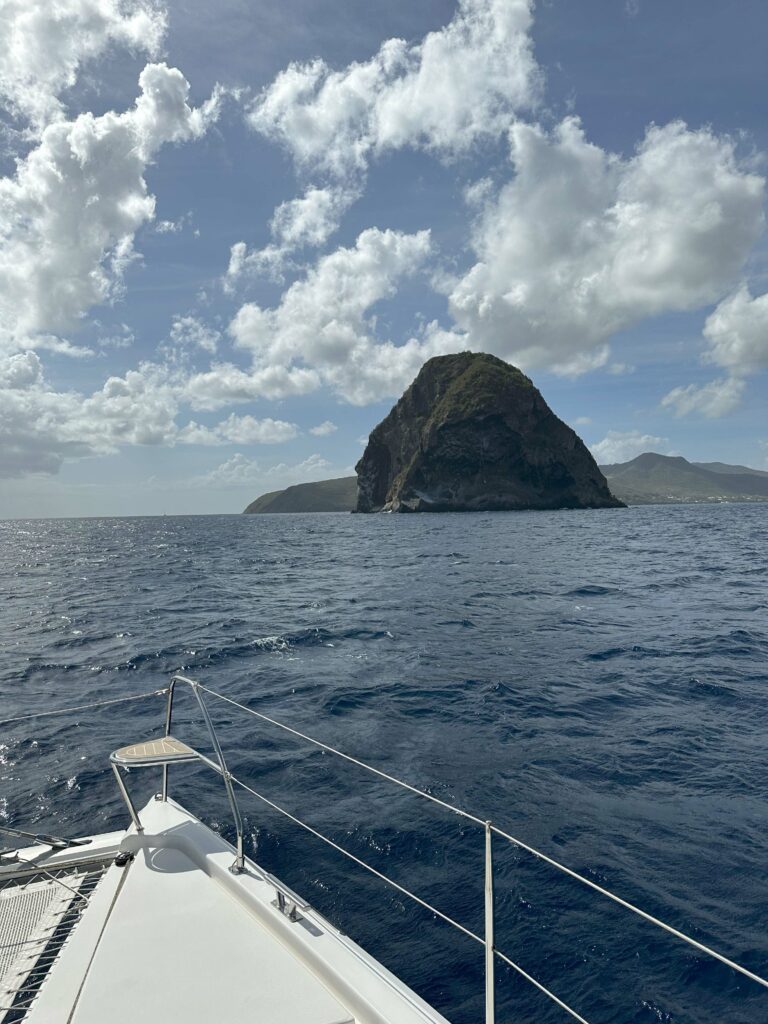
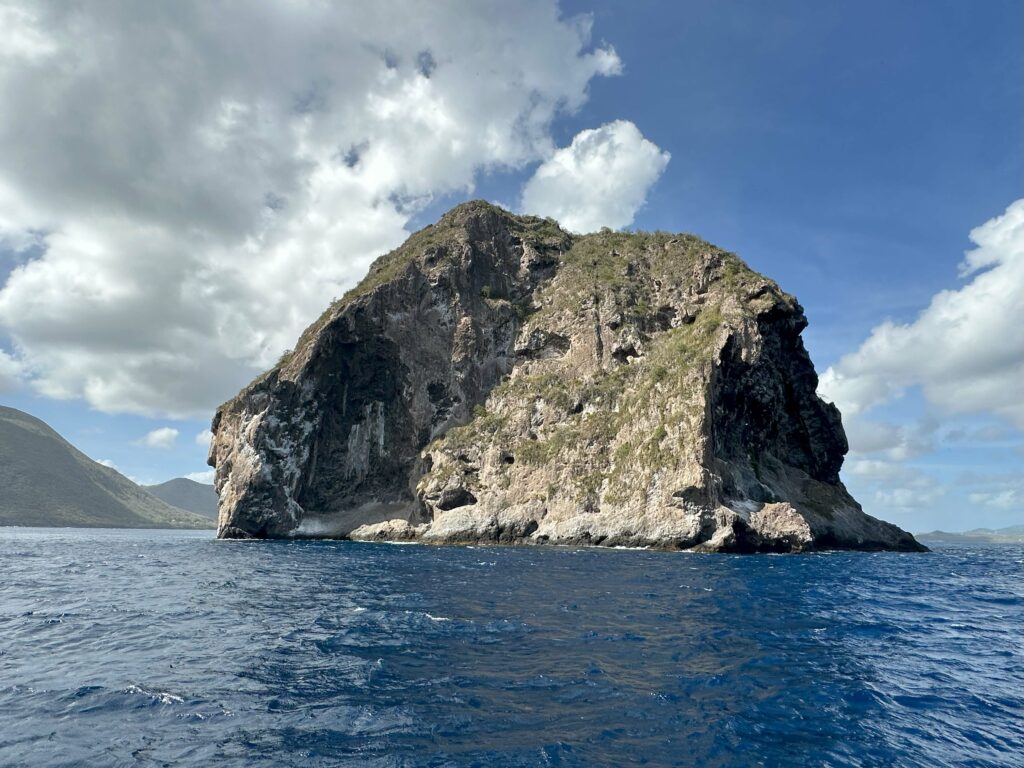
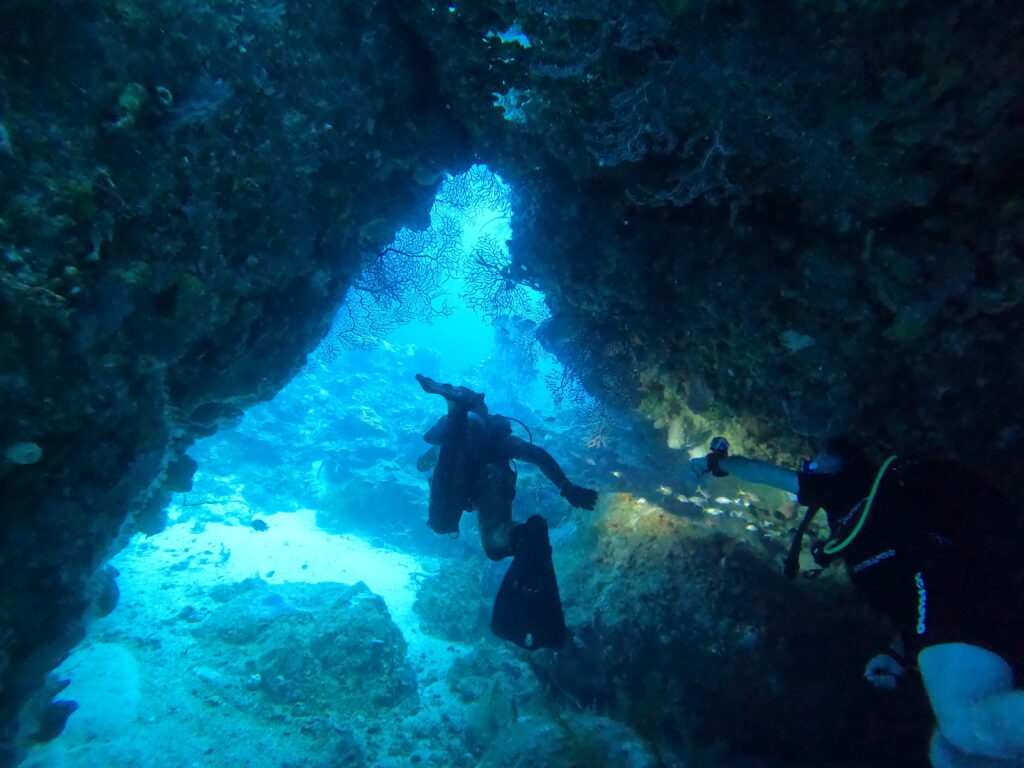
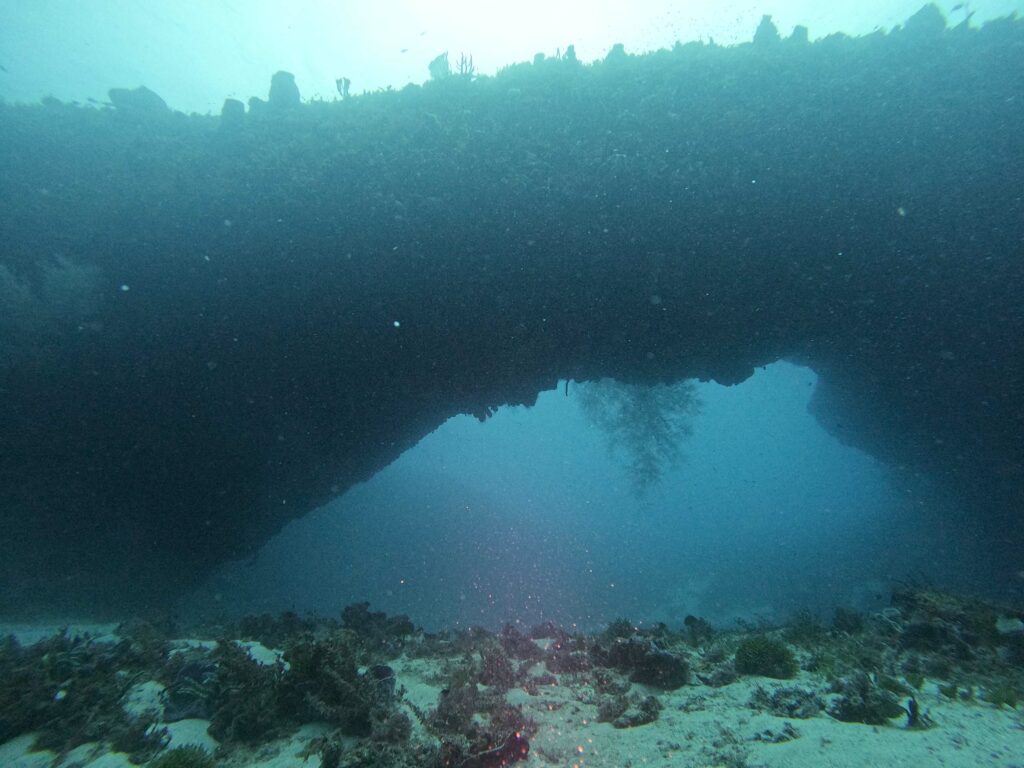
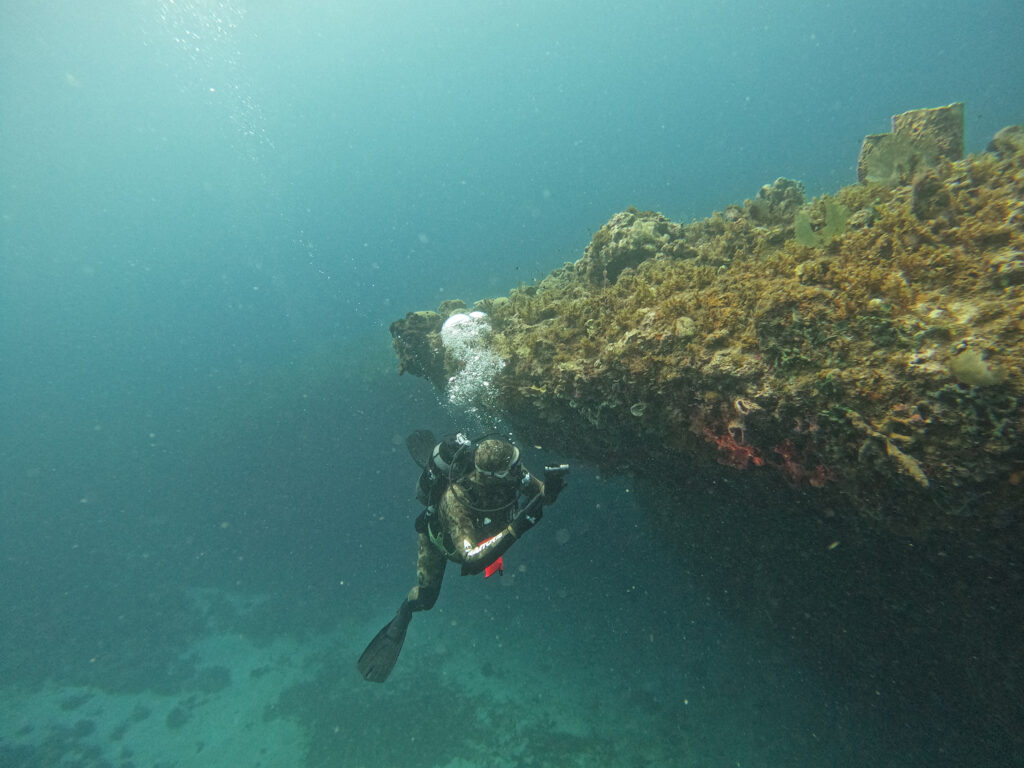
Our next stop was a beautiful bay called Grand Anse d’Arlet. We were anchored right by a popular snorkeling area, and the little local town had just what we needed in terms of a dive shop, boulangerie and a couple of local restaurants and bars. It also had some nice hikes, and we tried one of them crossing over to the next bay, Petit Anse d’Arlet.
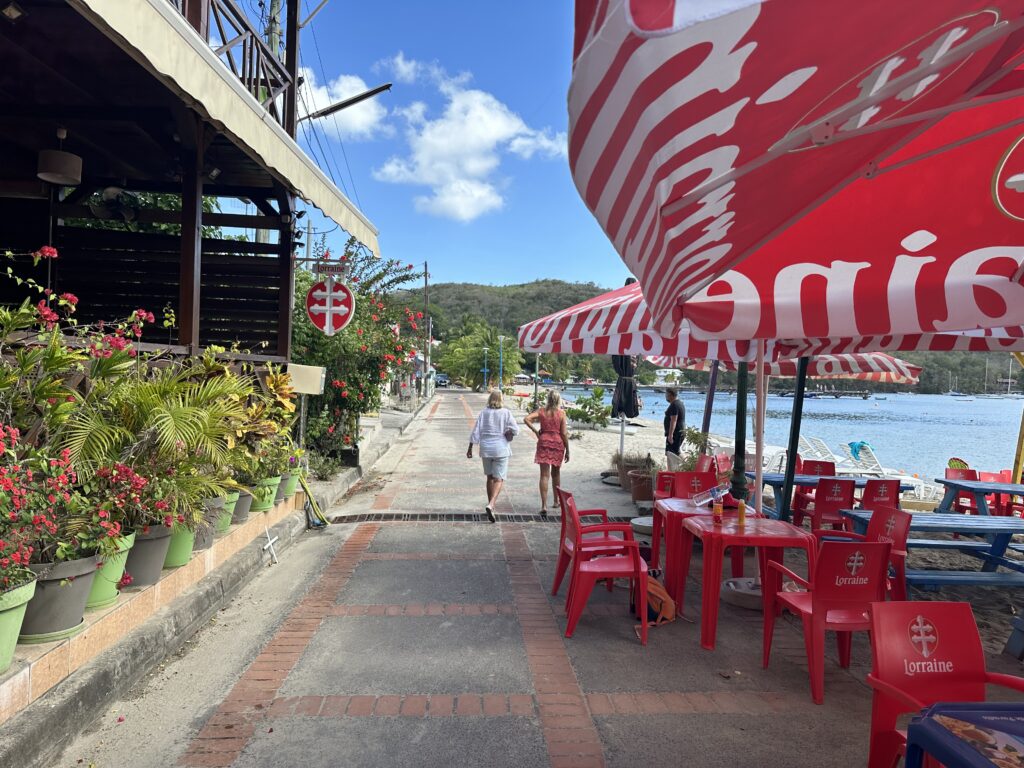
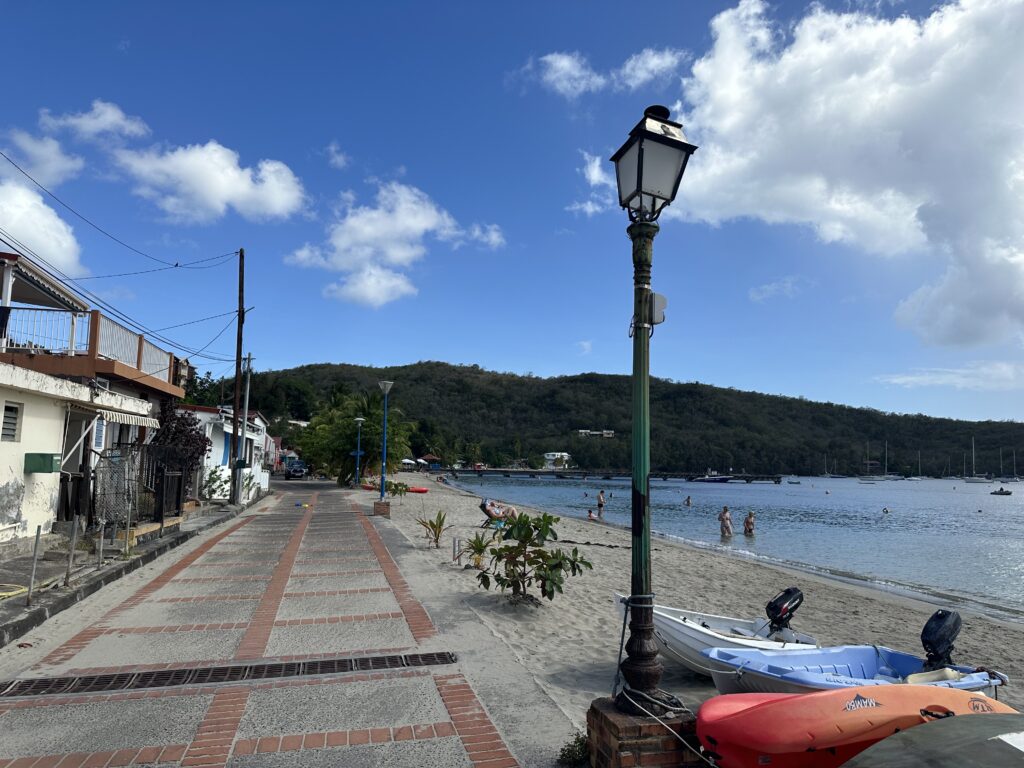
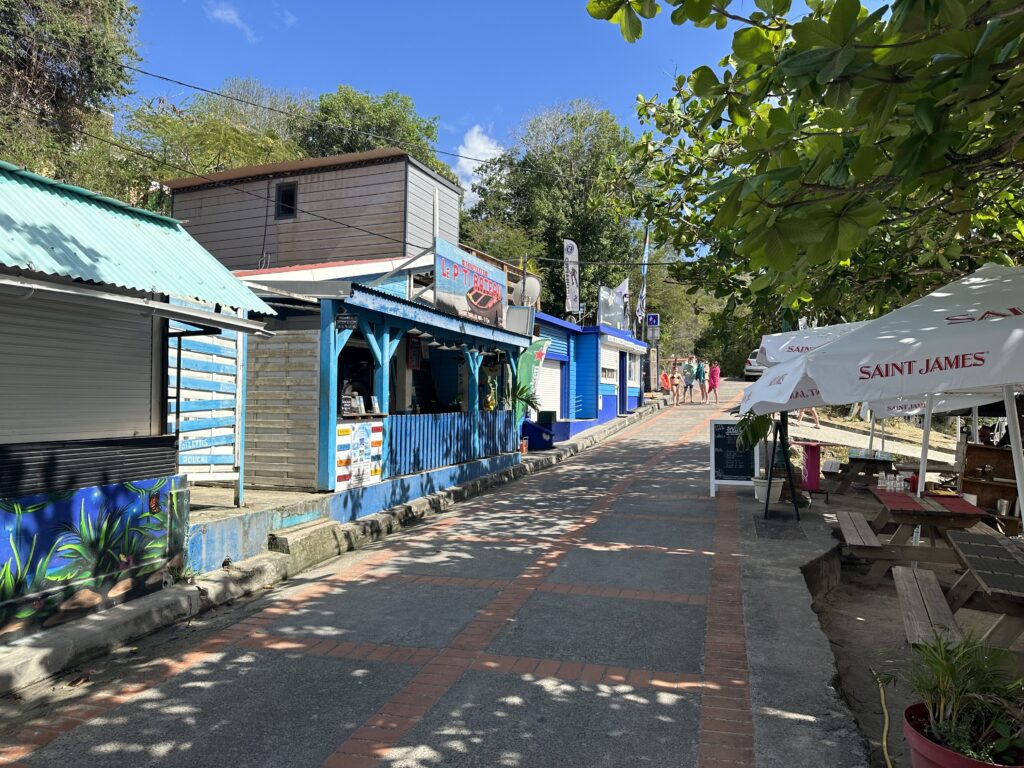
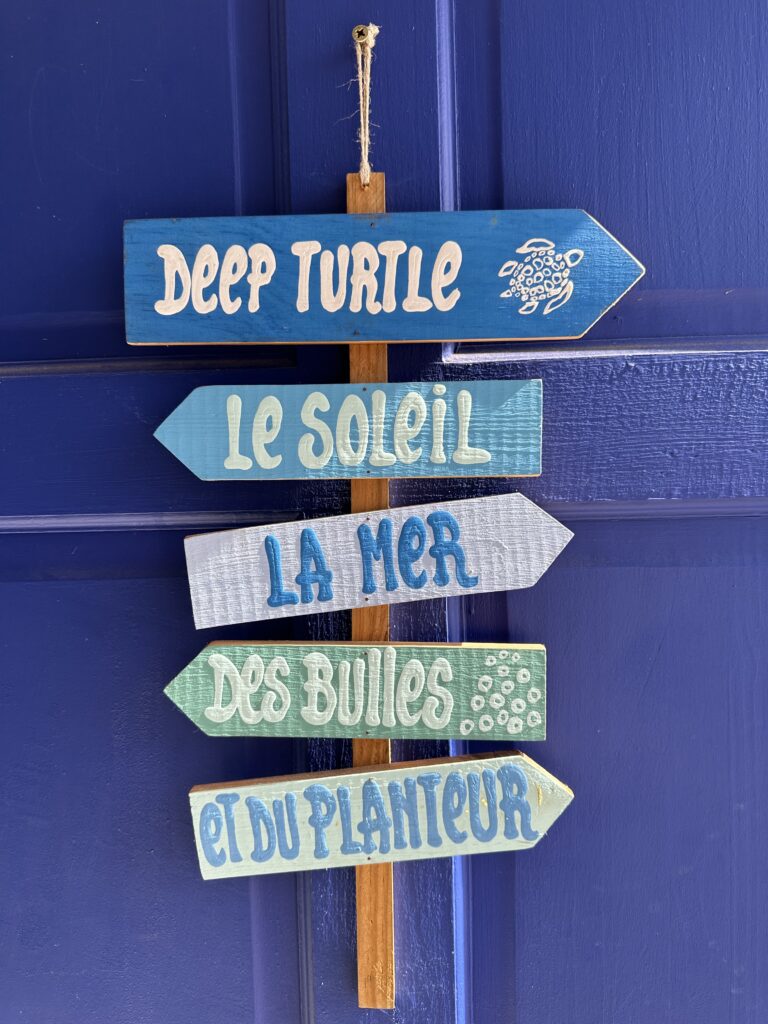
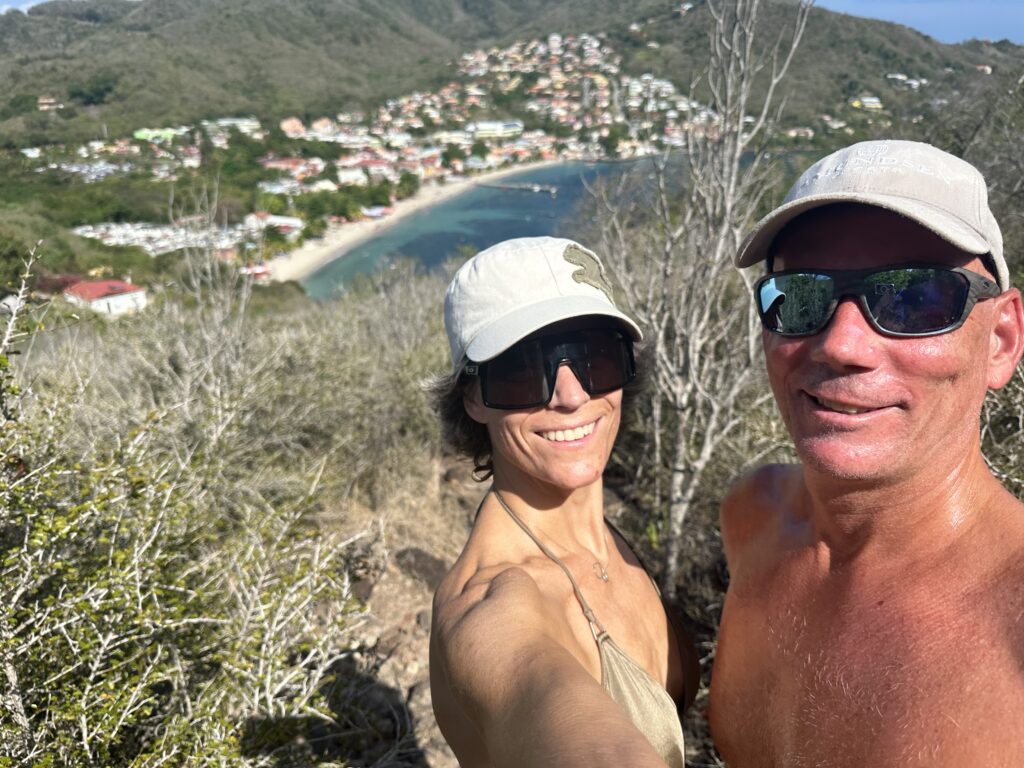
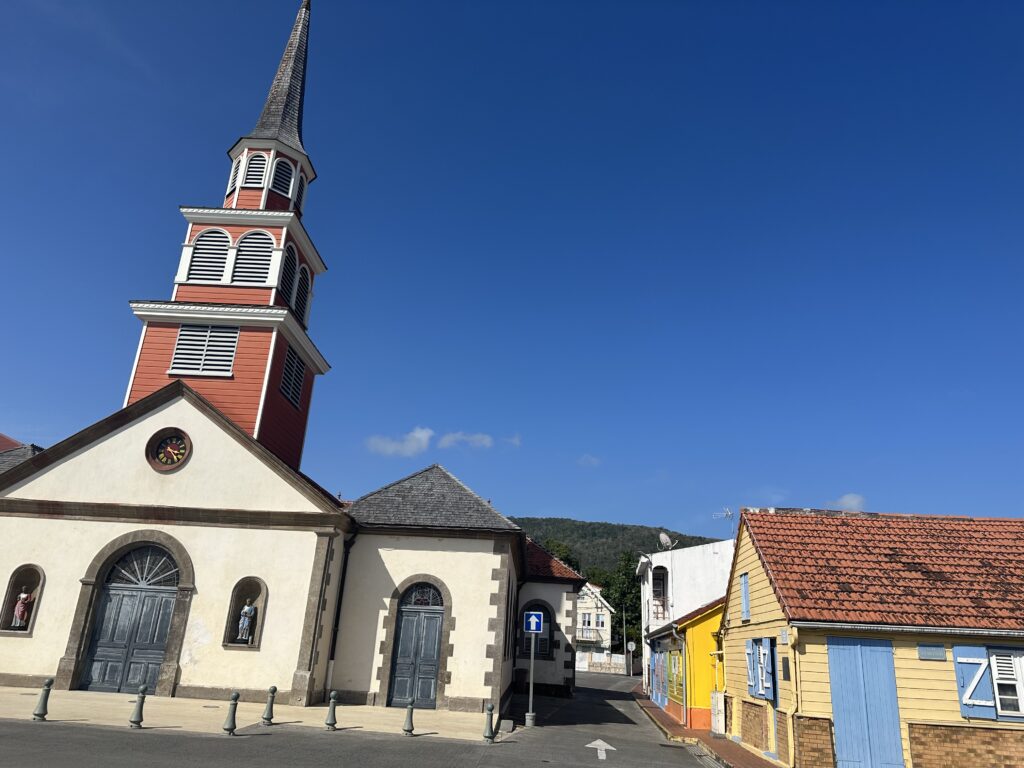
Grande Anse d’Arlet was definitely more our style anchorage than the last one, so we ended up staying there for a week. We even splurged and went to a fancy local restaurant, L’Escale, and had a lovely four course dinner. The meal was delicious, and the surroundings were also beautiful.
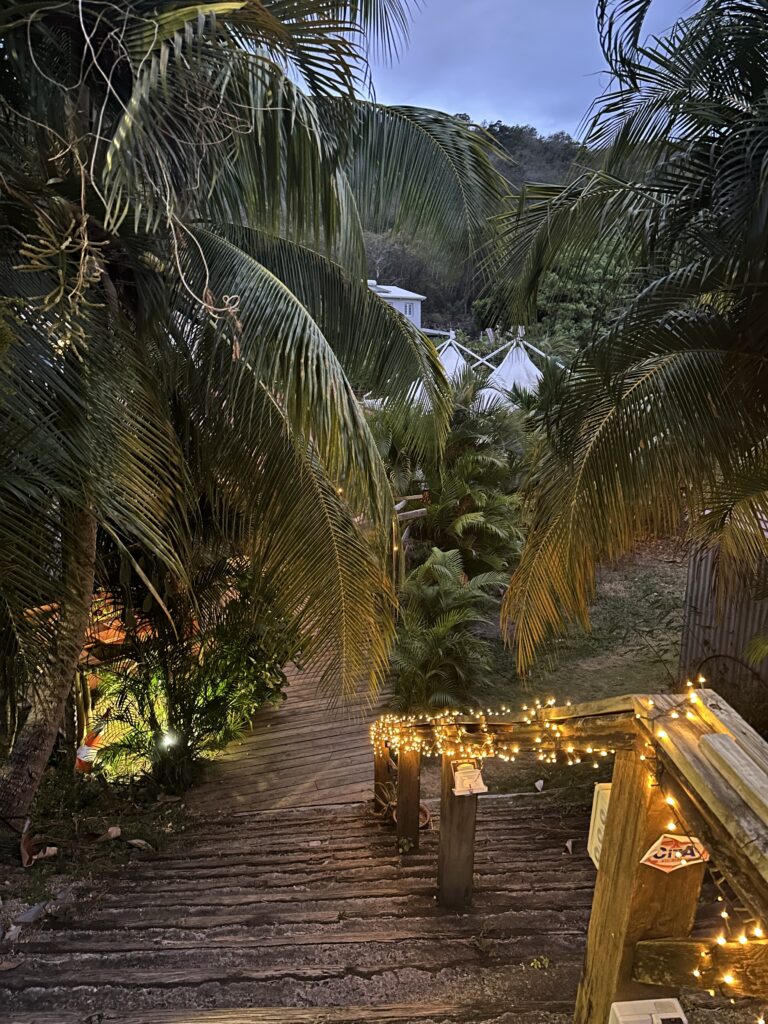
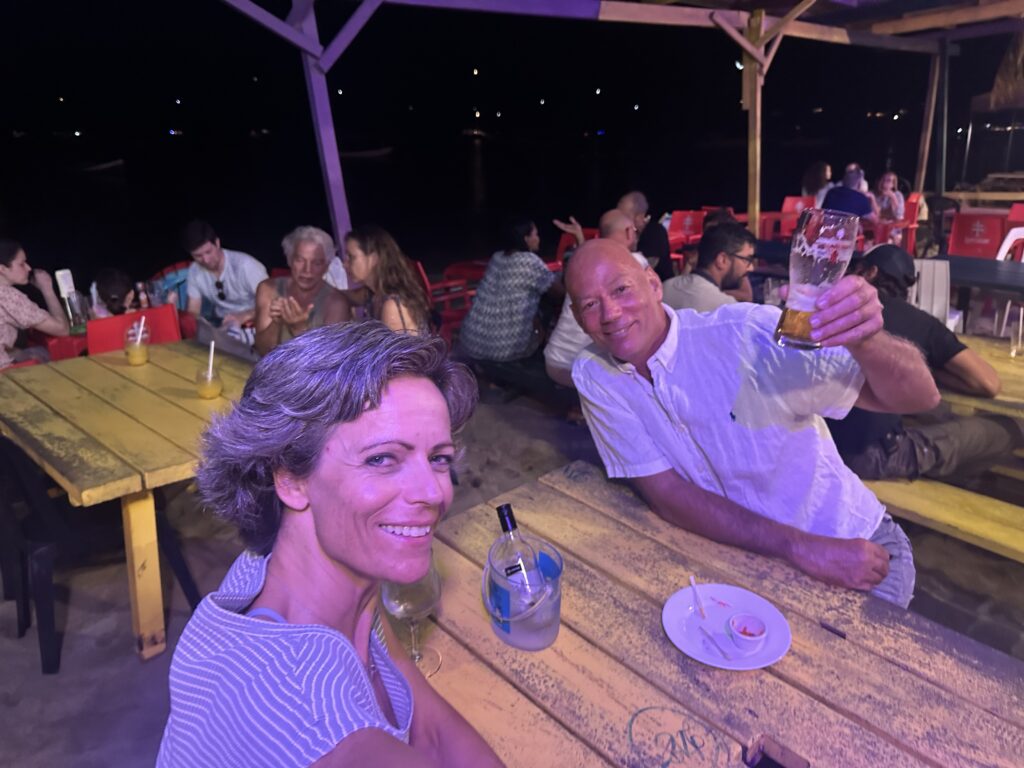
On our next anchorage, we were approaching the very large bay where the capital Fort de France is located. We anchored for a couple of nights at a small bay called Anse Mitan, right across the bay from Fort de France.
We timed it a bit badly, as it was during the weekend. Normally, when you are in bays close to bigger towns, it means the local population comes with party boats, water jets, etc. Lots of noise all day and most often also late into the night. So, we left after a couple of days, made a quick pit stop by Fort de France, before we headed to quieter anchorages further North.
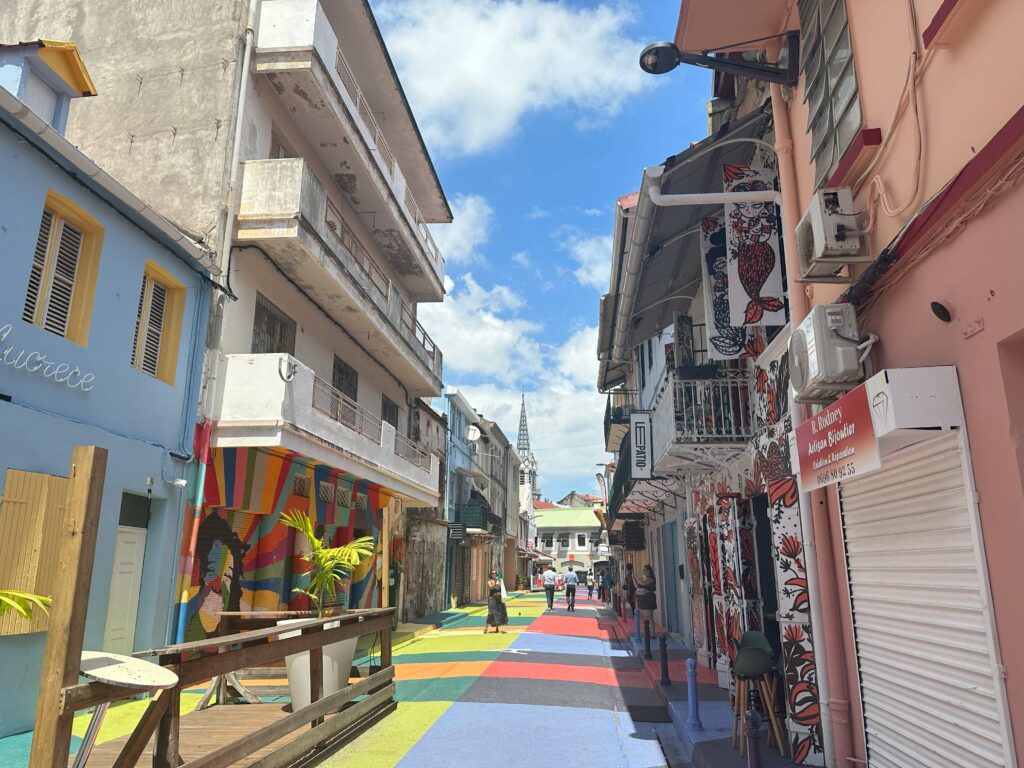
We did not really have a plan as where to anchor as we sailed North, but ended up in a small town called Case Pilote. There were no other boats as we got in, but we were joined by a solo sailor on a small cat just before sunset.
We don’t eat out a lot, as is the case for most fulltime cruisers, who tend to be on a budget. If we do eat out, it is most often for lunch. A sailing lifestyle means living with the daylight, rise early – go to bed early. However, as we are in a country with an abundance of delicious food available, we splurged yet again, and had a lovely three course dinner at a restaurant called Quinoa Beach.
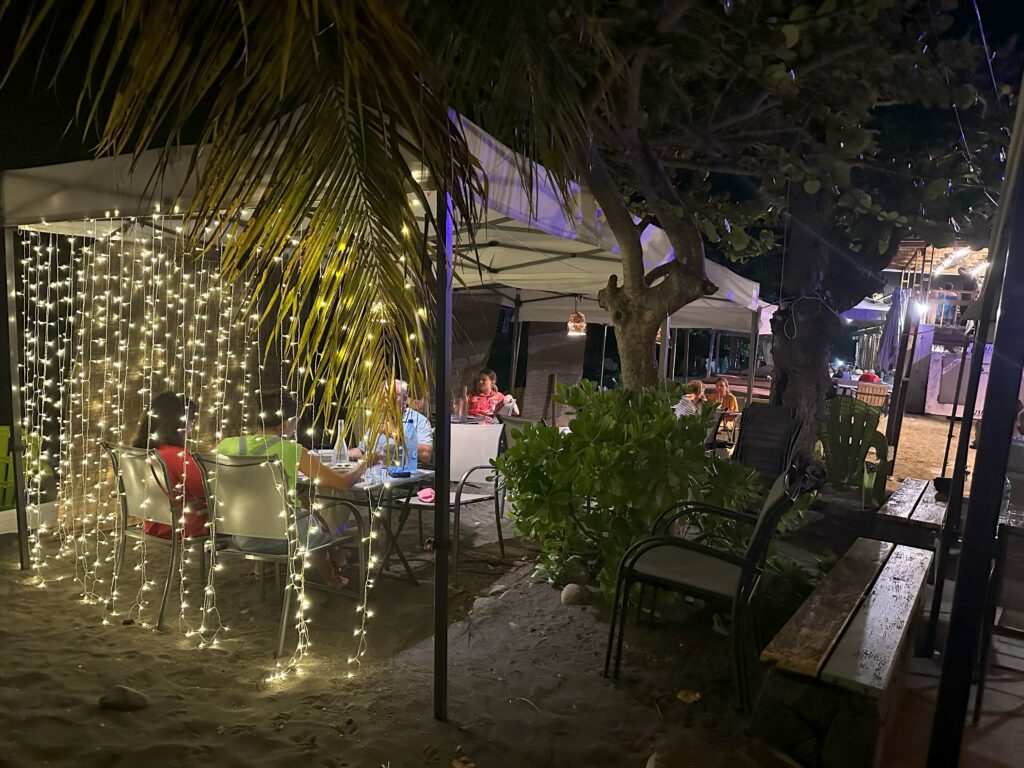
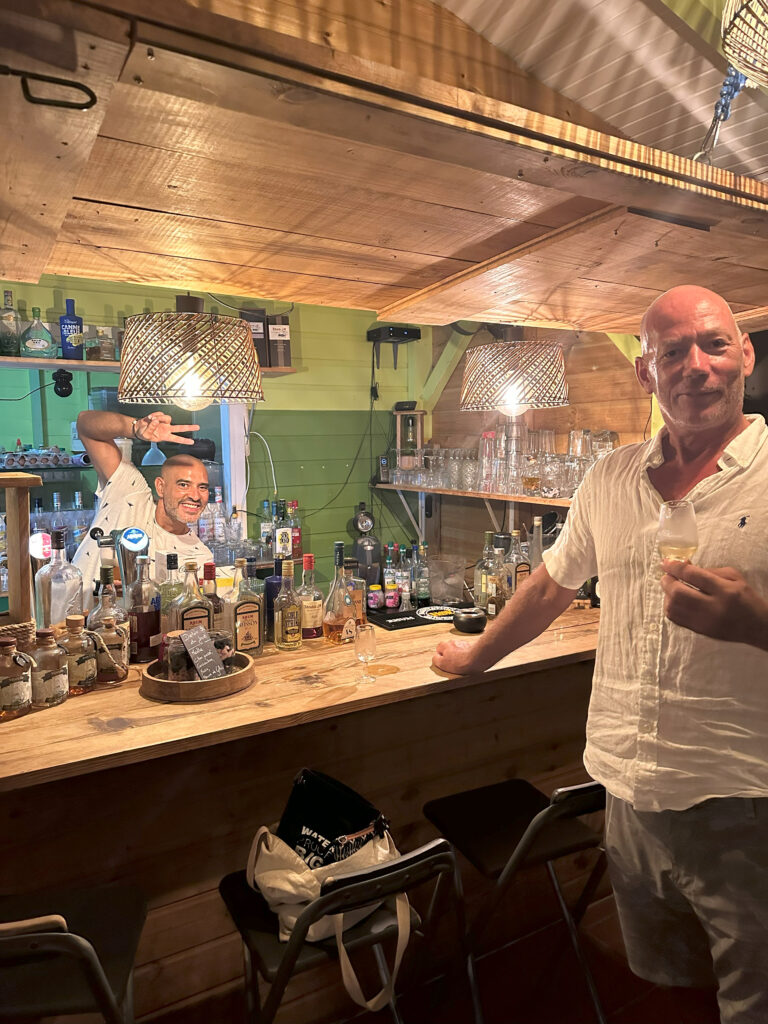

 The next day, we dived in the morning, before we continued our sail North to the bay of Saint-Pierre. The town of Saint-Pierre has a truly horrible history. In 1902, Mont Pelée, the volcano located right behind the city, erupted and within 3 minutes the population of 30,000 people vanished. Only two people survived, one of them being a prisoner, who was saved by the thick prison walls. He was later hired by the US Ringling Bros. and Barnum & Bailey Circus, and was put on display as someone with over-natural powers.
The next day, we dived in the morning, before we continued our sail North to the bay of Saint-Pierre. The town of Saint-Pierre has a truly horrible history. In 1902, Mont Pelée, the volcano located right behind the city, erupted and within 3 minutes the population of 30,000 people vanished. Only two people survived, one of them being a prisoner, who was saved by the thick prison walls. He was later hired by the US Ringling Bros. and Barnum & Bailey Circus, and was put on display as someone with over-natural powers.
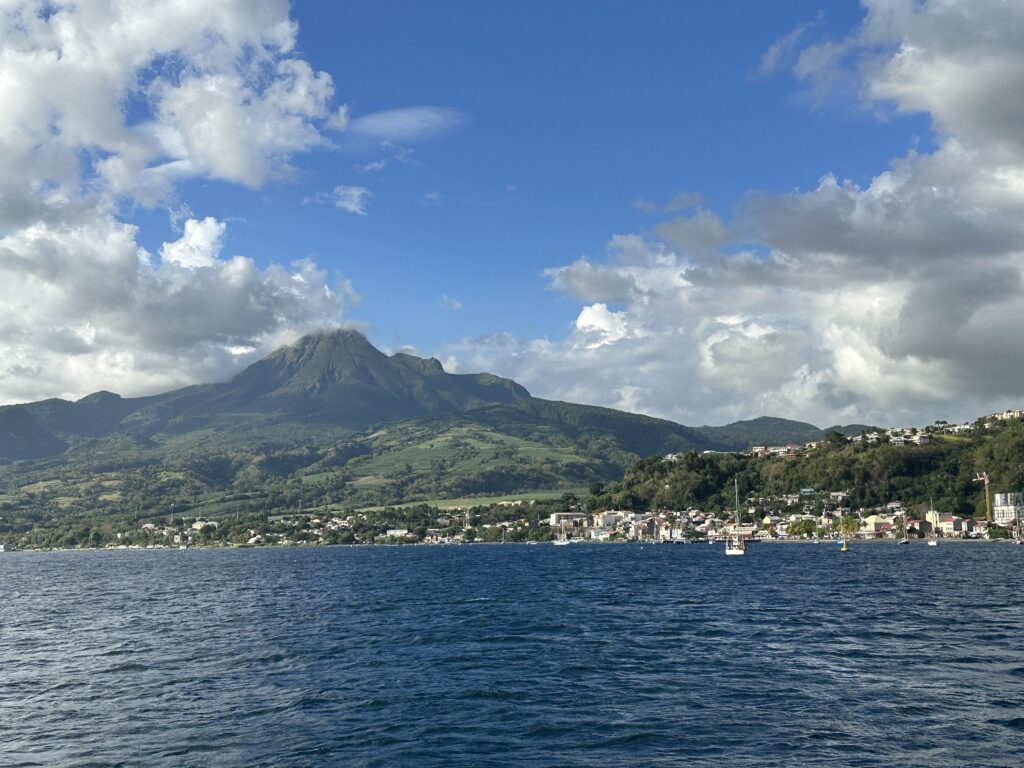
To sit at the anchorage and see this big volcano, and also try to comprehend what happened here, was mind blowing. The town has since been rebuilt, some of the ruins kept, and they have several museums which share the story in a vivid manner.
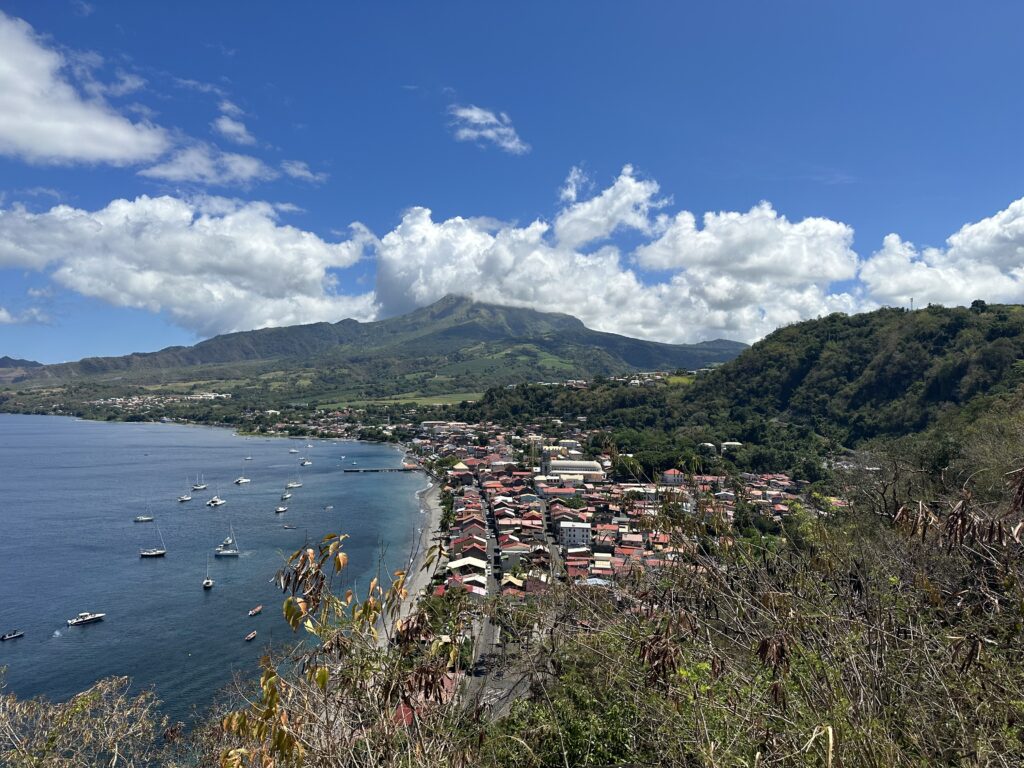
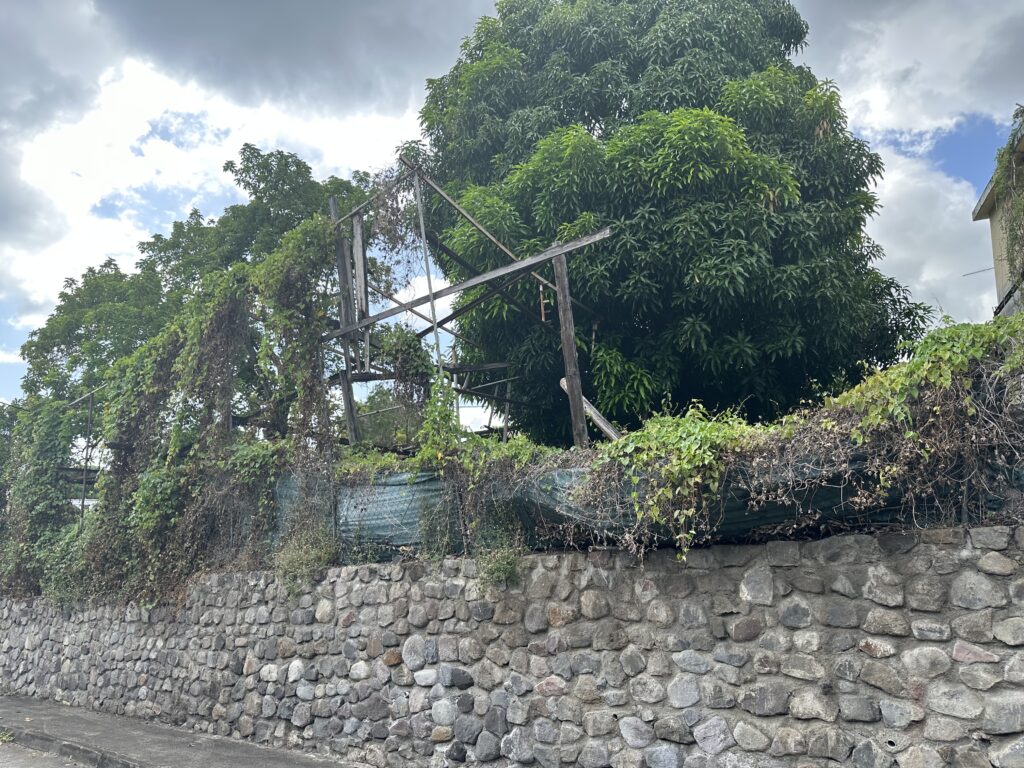
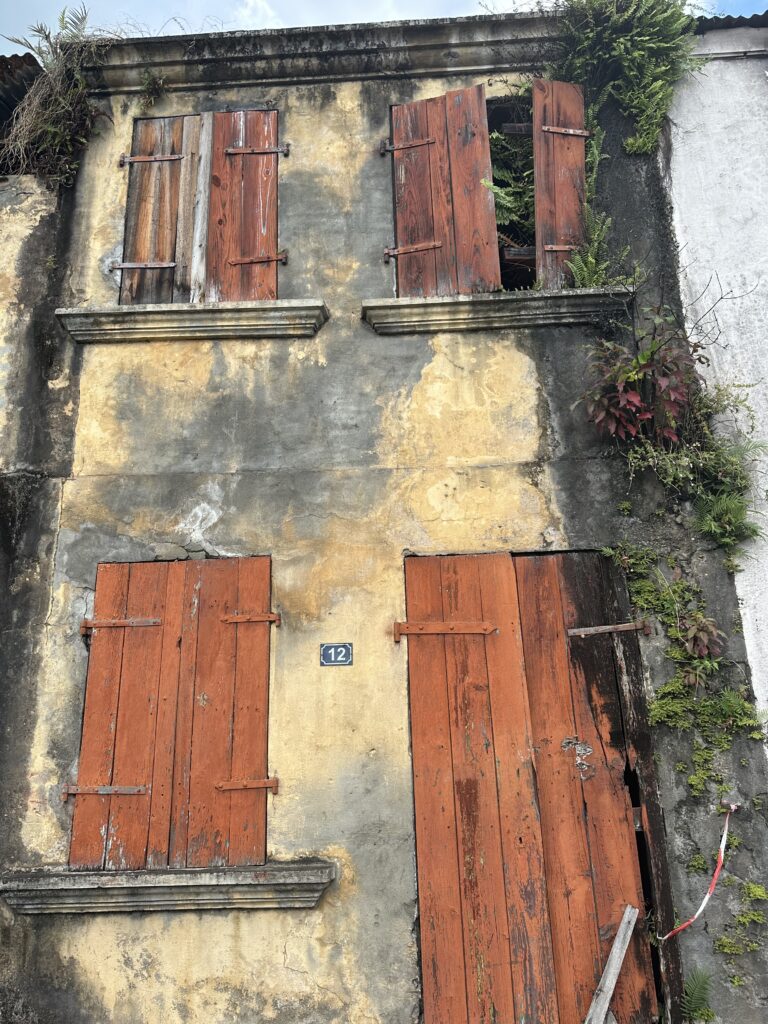
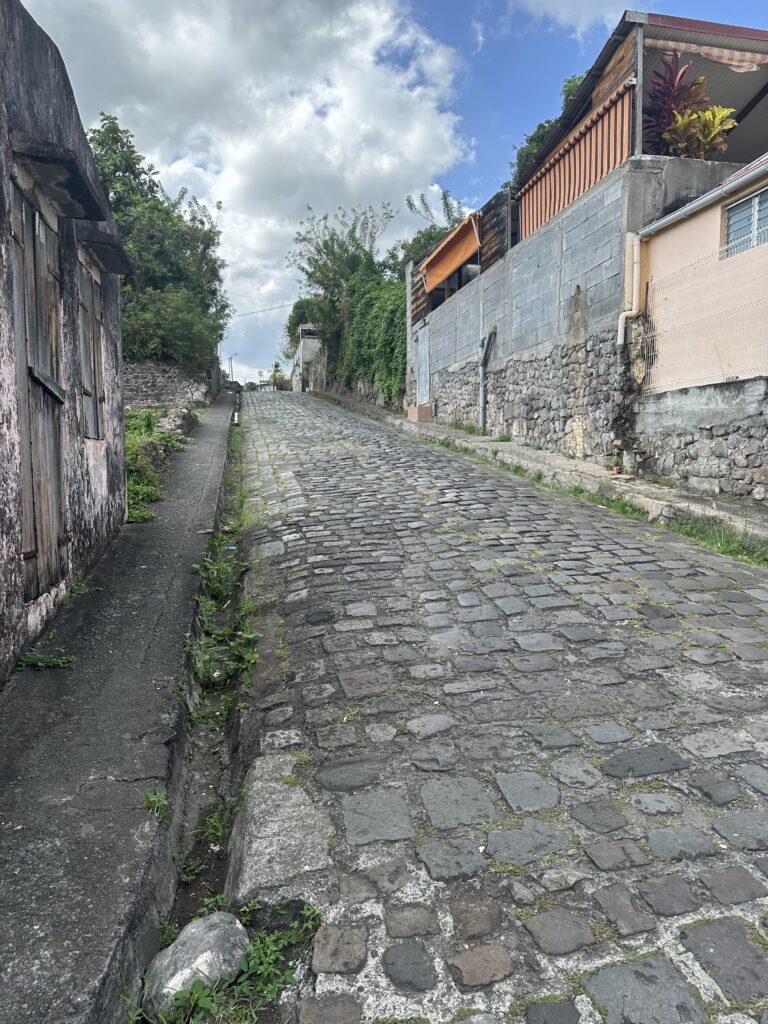
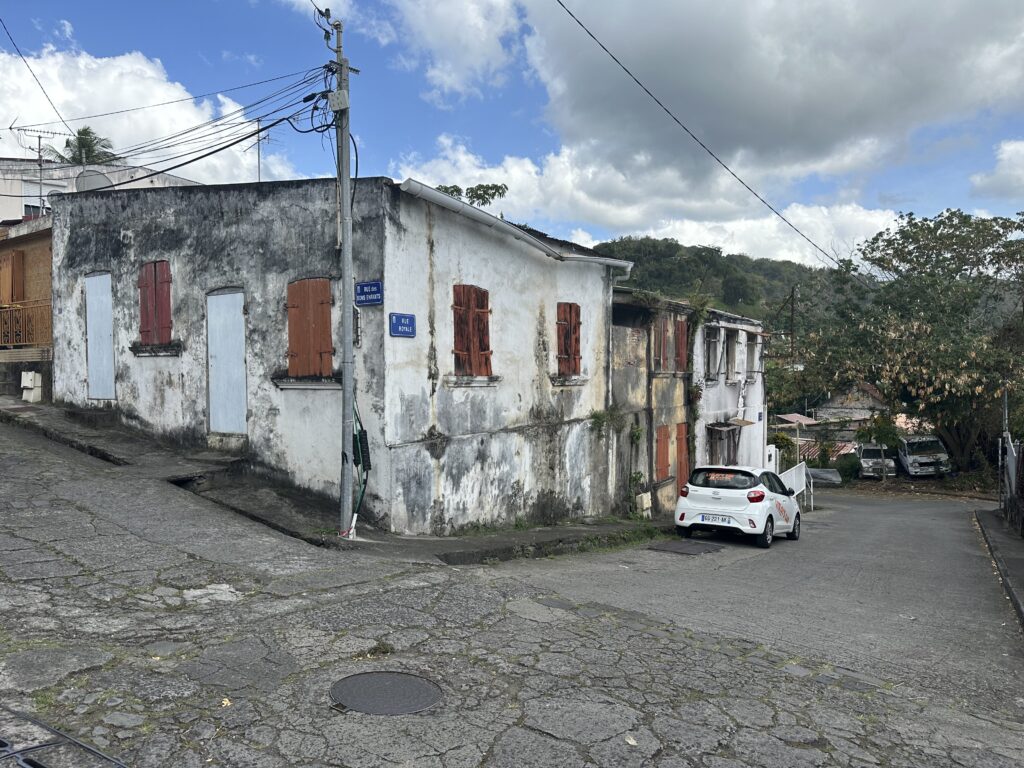
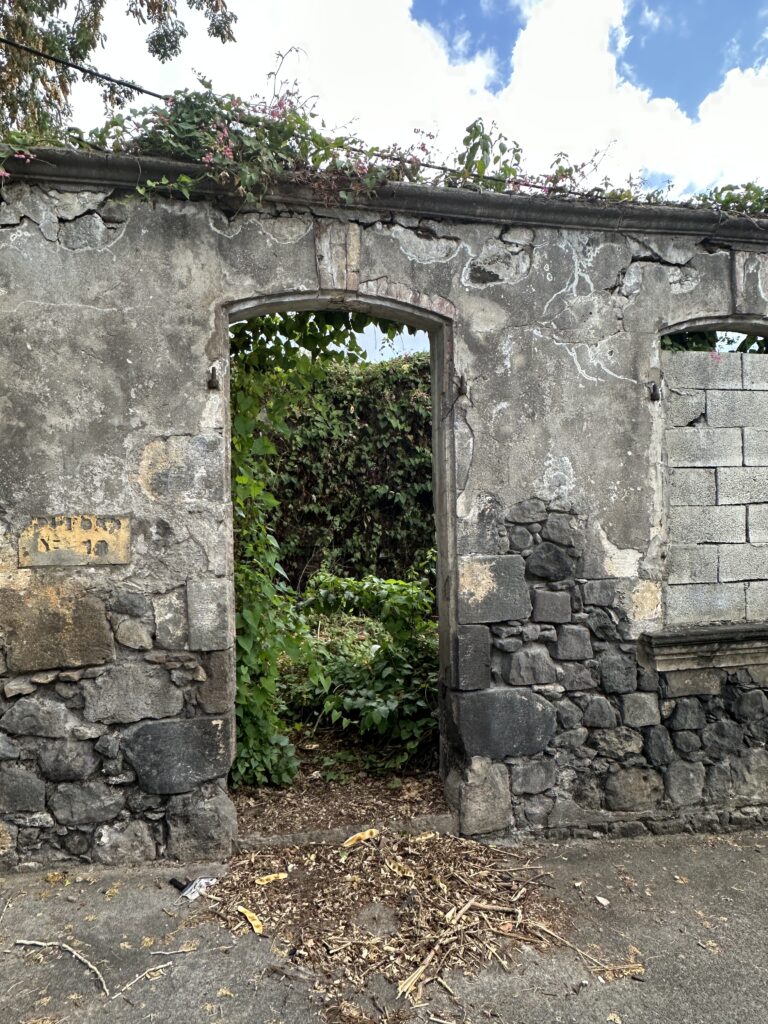
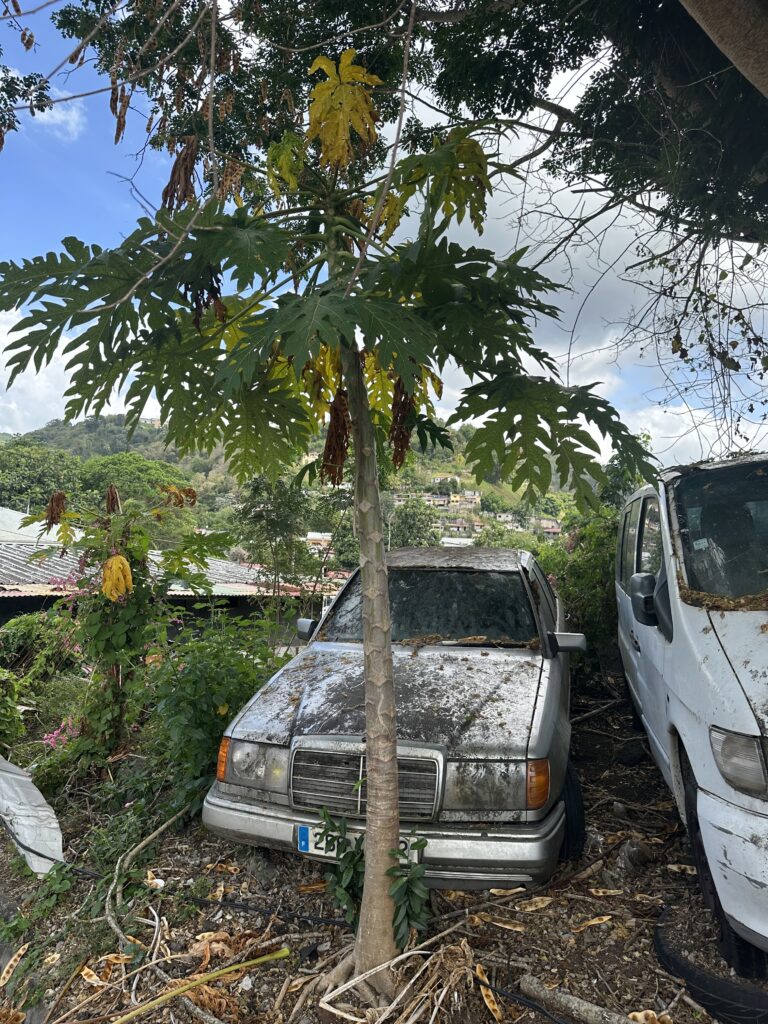
One of the stories which intrigued us, was the story of a local rhum distillery, Depaz. This used to be a major local business pre-eruption, owned and run by the Depaz family. As with the rest of the town, the whole place as well as the family, got wiped out on May 8th, 1902. However, one of the sons of the family was a student in Paris at the time, hence he survived. He returned to the grounds, rebuilt and settled in a replica of the family home where he grew up (and ended up having 11 children!), as well as re-establishing the factory and the sugar cane fields.
By 1917, the new Depaz distillery opened, and it is still in operation. They have organized an awesome tour of the distillery, where we could follow the whole process of the rhum production from the fields to the bottle, as well as learn about the history of the brand.
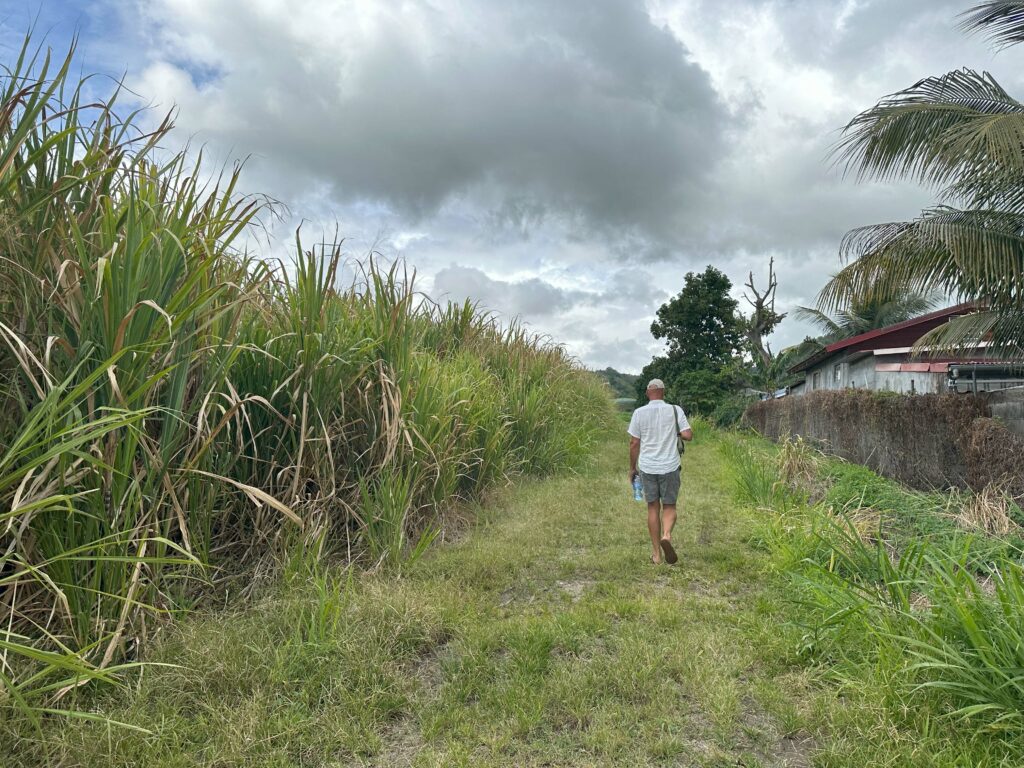
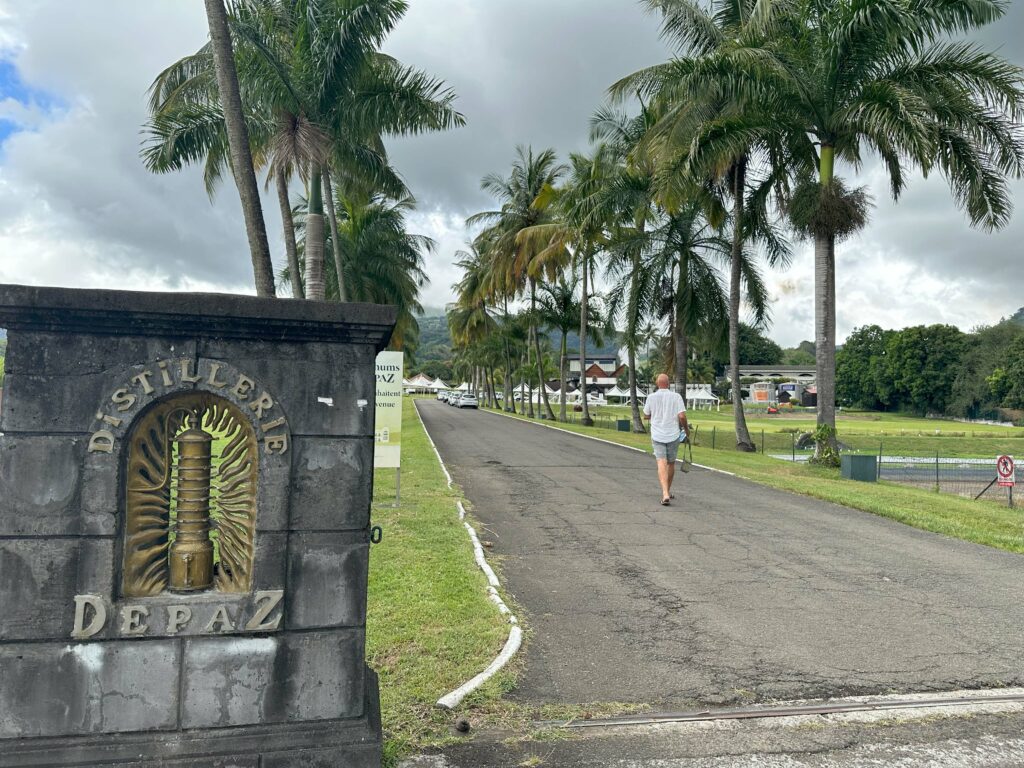
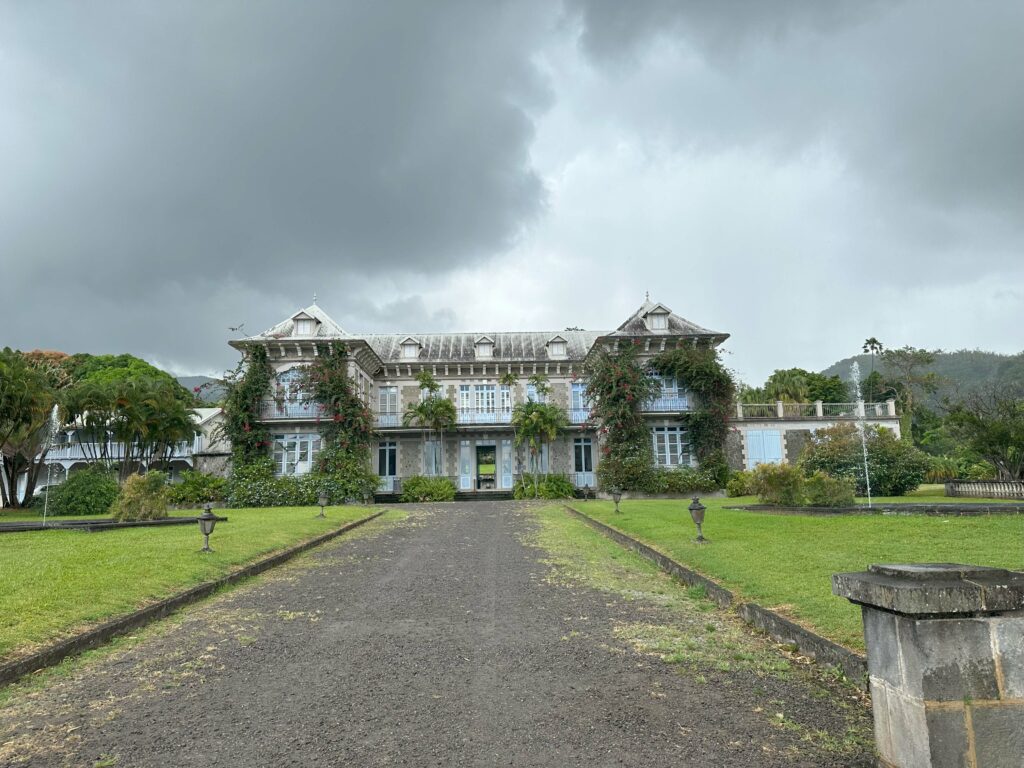
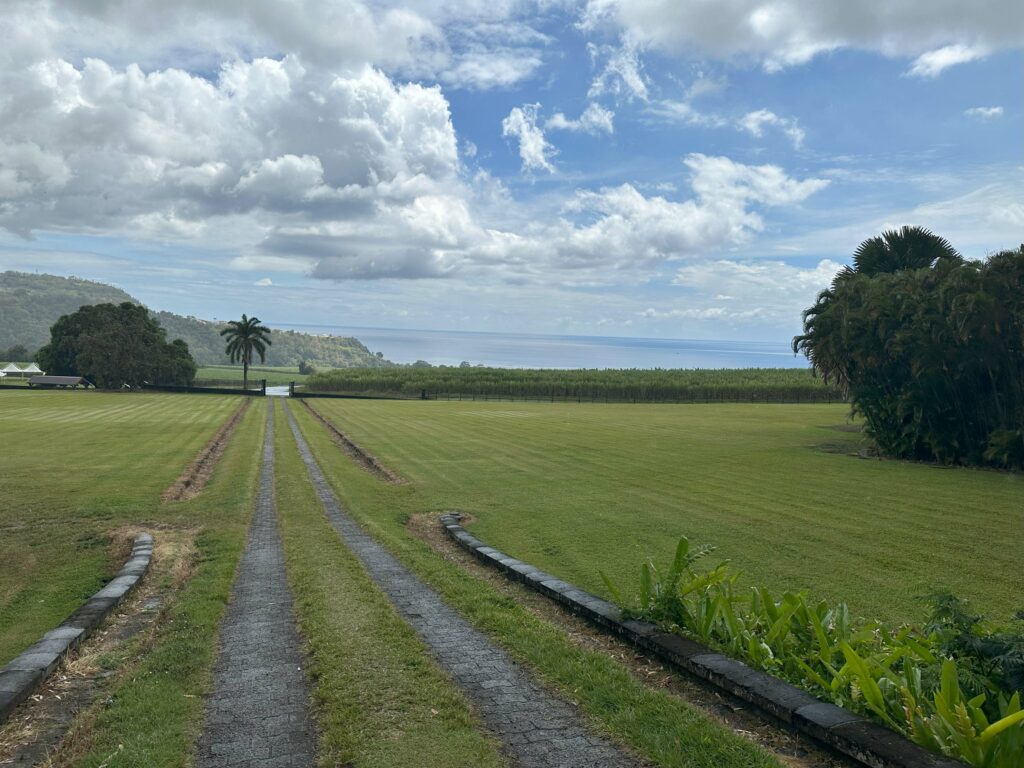
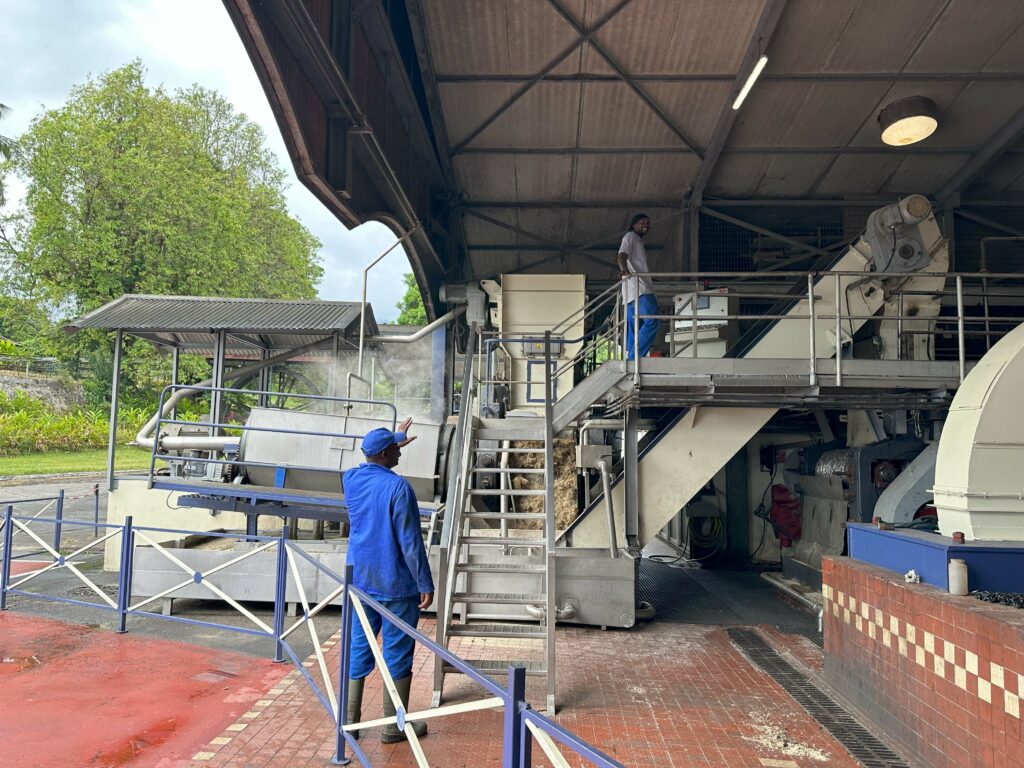
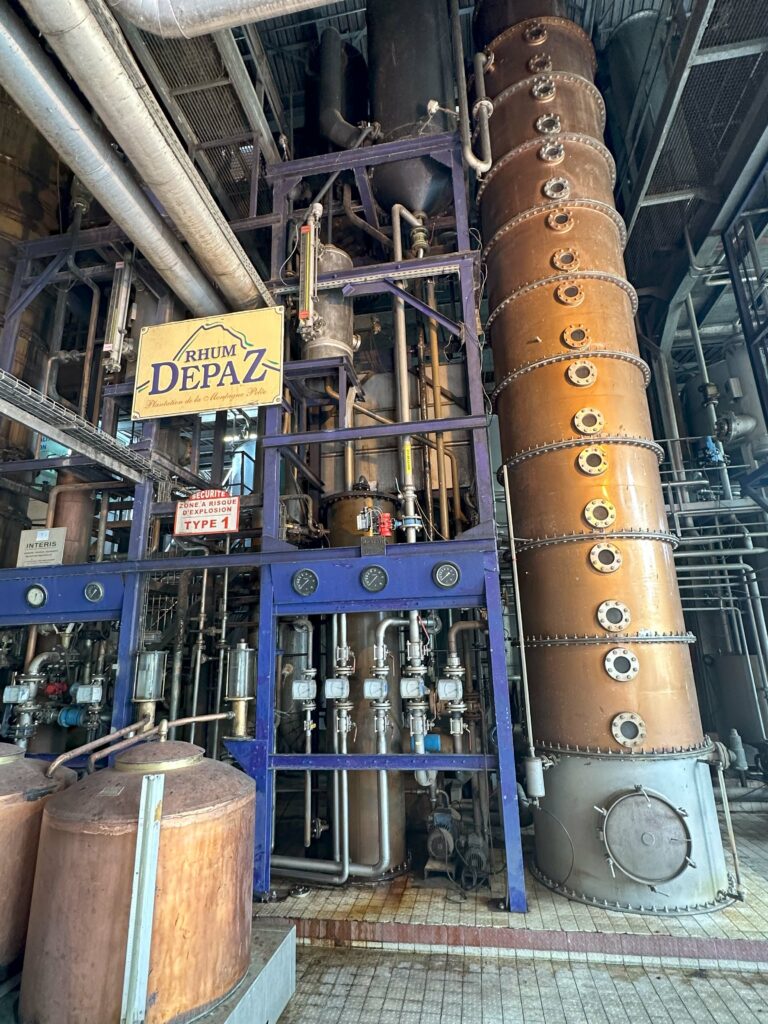
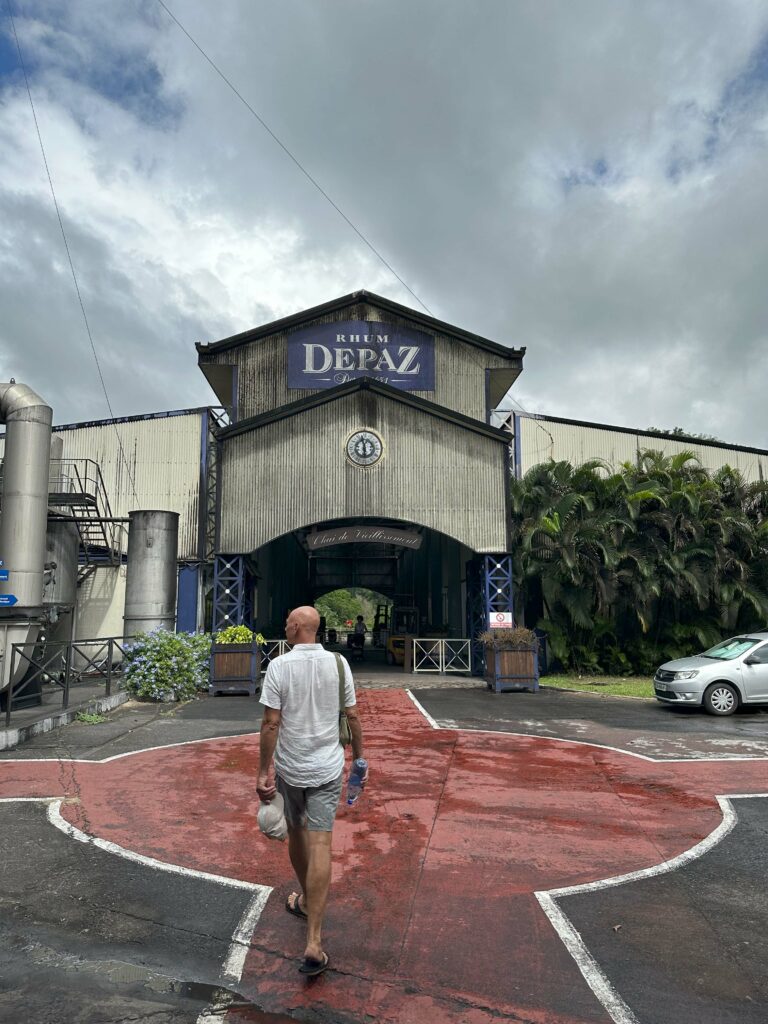
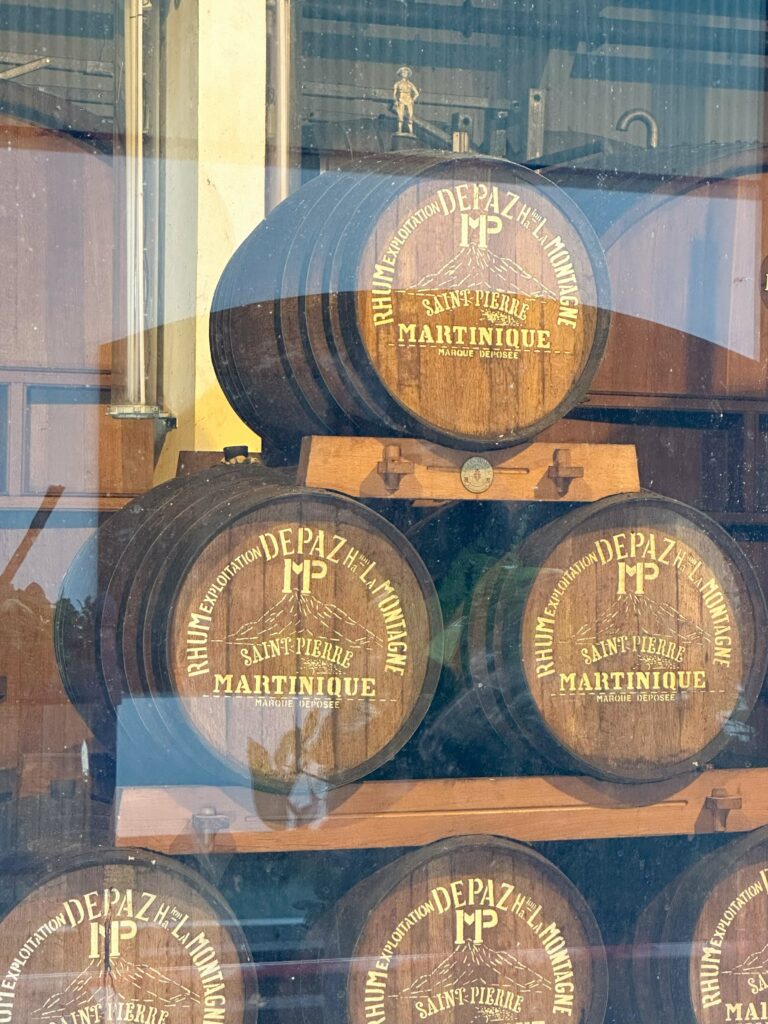
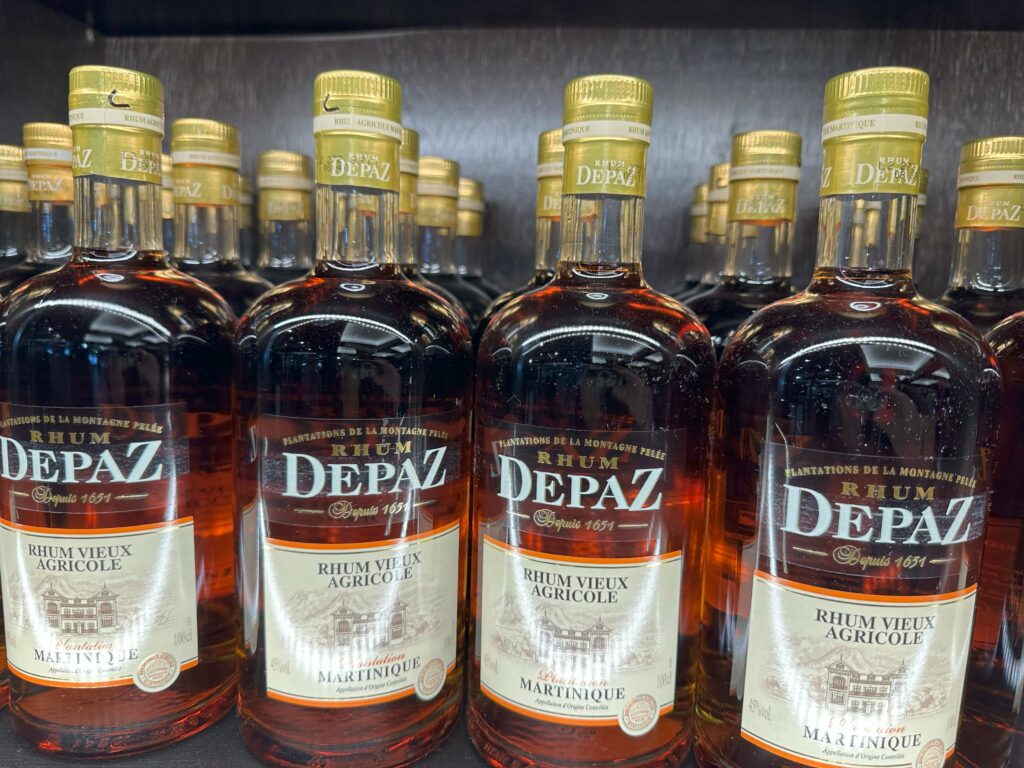
After ten lovely days at anchorage in Saint-Pierre, exploring the town and its surrounding areas, as well as snorkeling and diving a bit (amongst them a wreck at 35 meters which sank in the volcanic eruption of 1902), our Starlink arrived in Le Marin, on the opposite side of the island. We rented a car, spent one day fetching the Starlink, and the next day, we used the car to get to the base of the infamous Mont Pelée and hiked to the top.
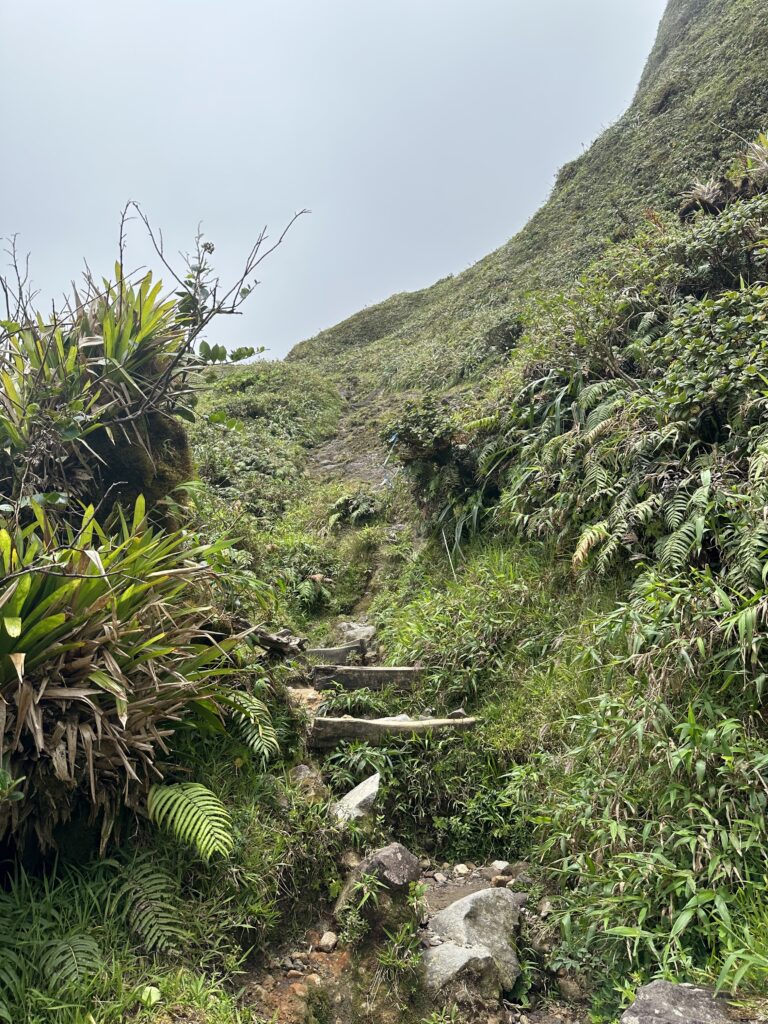
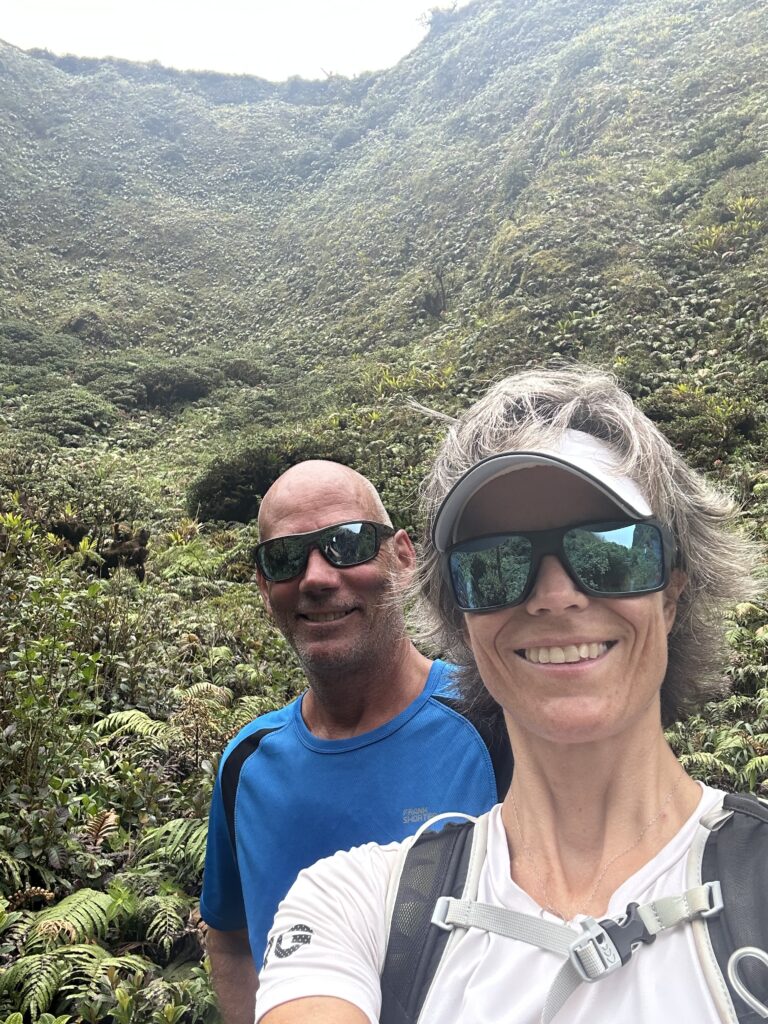
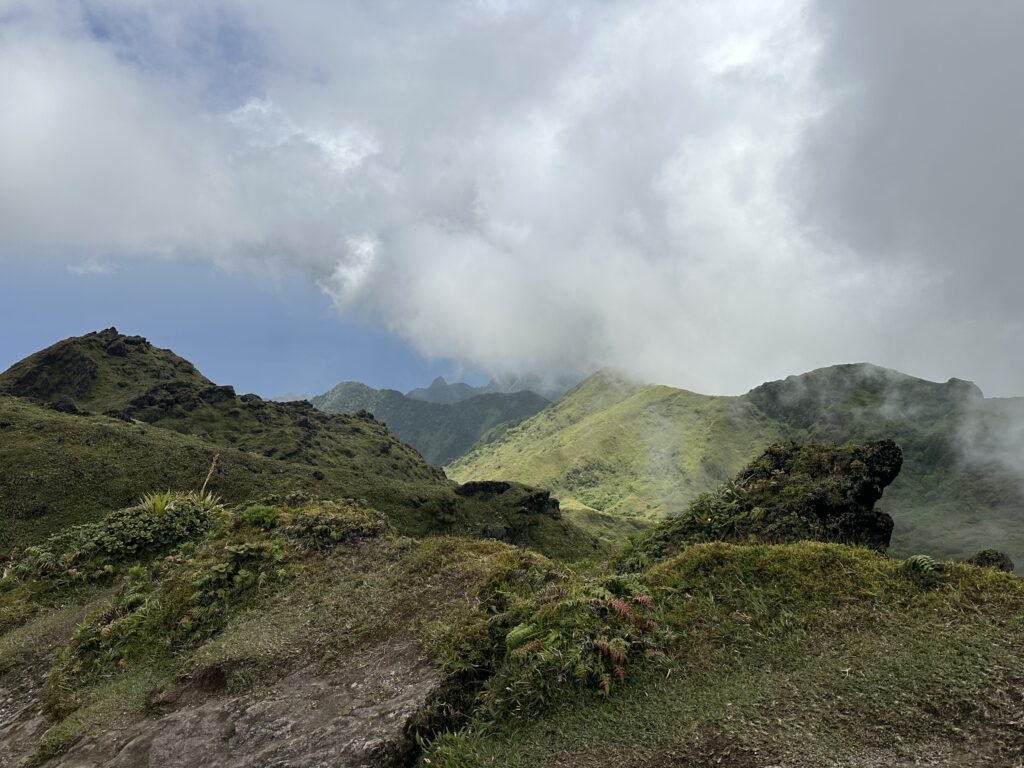
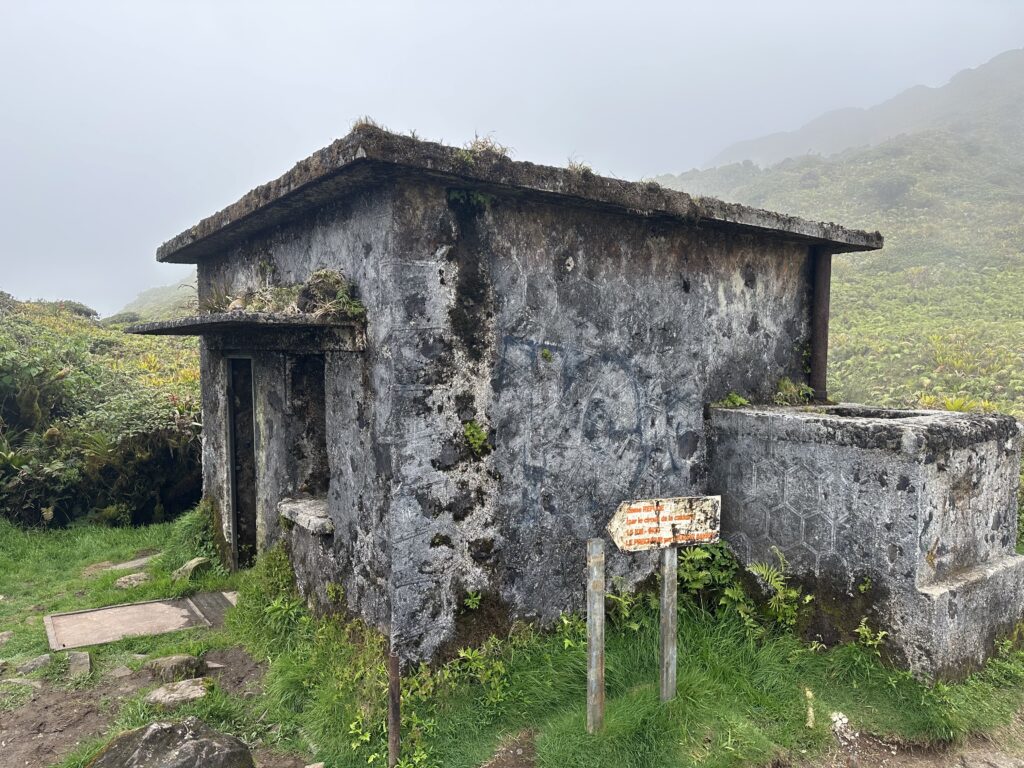
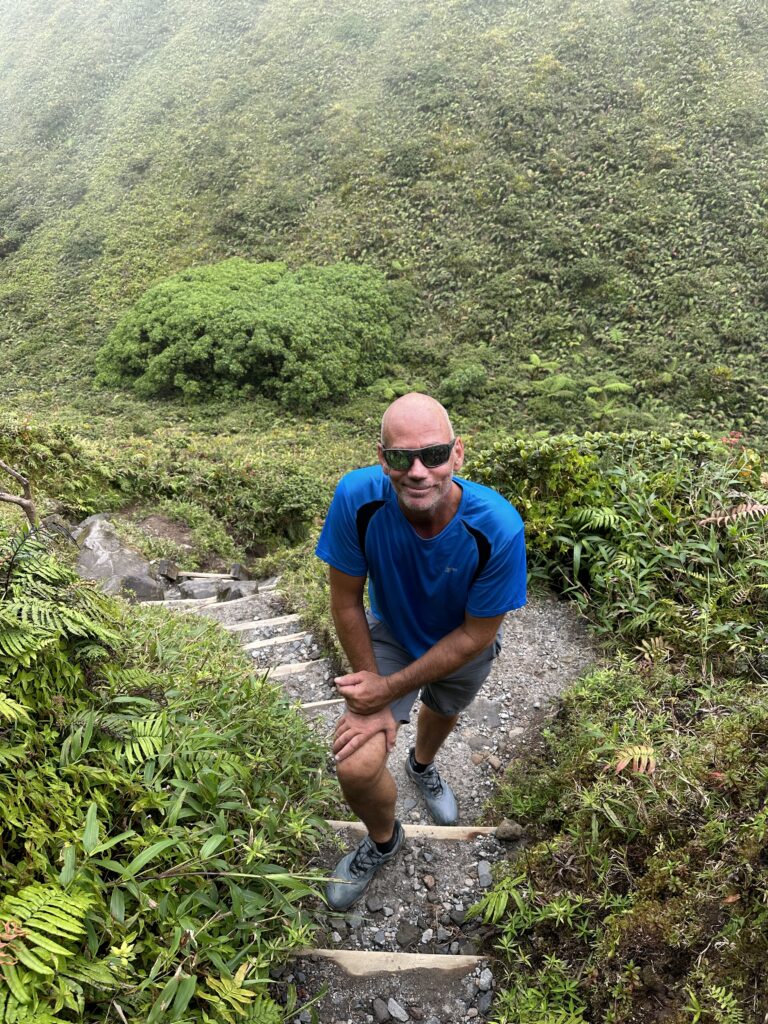
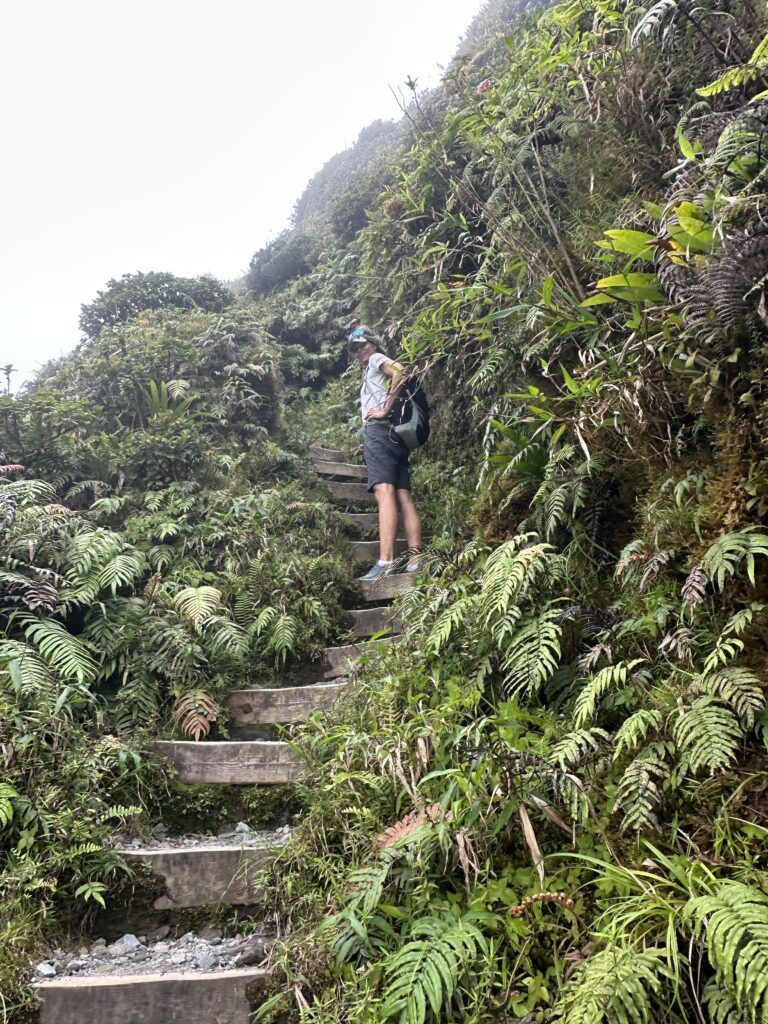
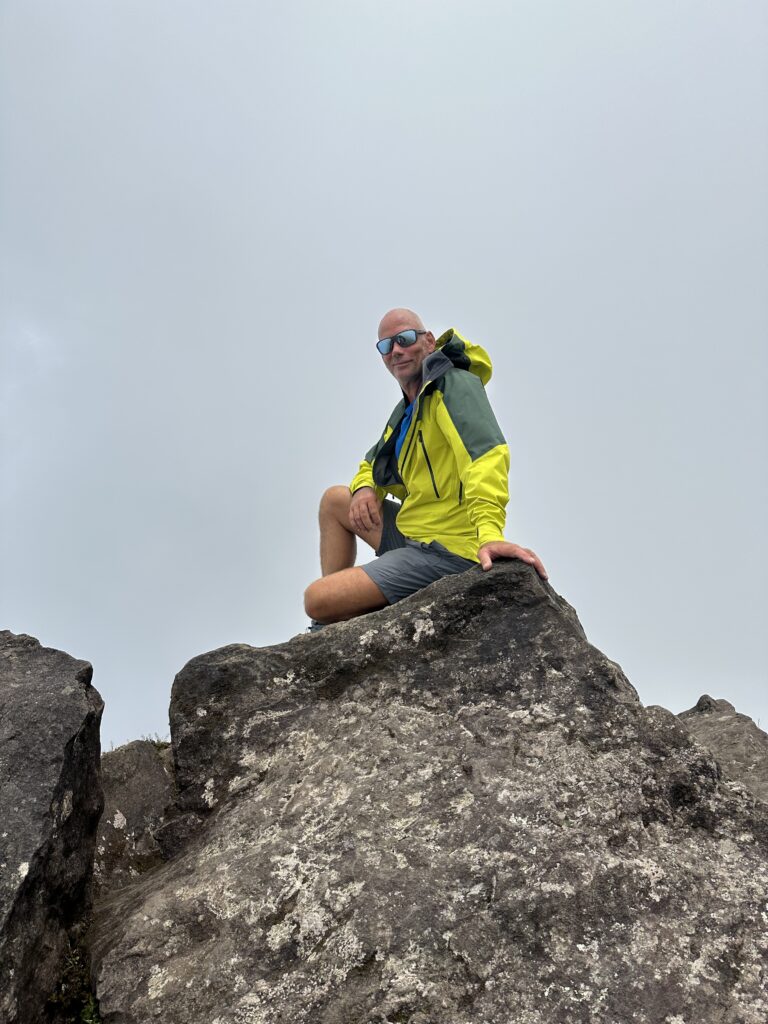
On our way down, the captain unfortunately twisted his ankle. Ouch… noting serious, but seems we will have to plan for some less strenuous activities on the next island – Dominica.
